In modern bathroom decoration, LED mirrors are no longer just functional items, but also important elements that enhance the texture and atmosphere of the space. According to the National Kitchen&Bath Association (NKBA) 2024 Bathroom Trends Report, approximately 55% of bathroom renovation projects have adopted mirrors with light sources, especially in small and medium-sized bathrooms, where the use of LED mirrors continues to rise. This article will explore the optimal placement and optimisation strategies of LED mirrors in bathroom decoration from five perspectives: layout principles, functional requirements, design styles, installation precautions, and the latest trends.
1. Core functions and values of LED mirrors
1.1 Functionality
LED mirrors offer uniform and soft lighting, significantly enhancing the experience of applying makeup, shaving, and personal care. According to the recommendations of the Illuminating Engineering Society (IES), the brightness of bathroom mirror front lighting should reach 500-1000 Lux to ensure clear details and avoid glare.
1.2 Aesthetic Value
The light source of LED mirrors is embedded in the mirror surface, which does not occupy additional space and can create a simple and modern visual effect. Especially in low-light or windowless bathrooms, a light mirror can become the focal point of the space while enhancing overall transparency.
1.3 Space optimisation
In small bathrooms, traditional desk or wall lamps may occupy countertop space, whereas LED mirrors integrate lighting and mirrors through built-in light sources, saving space while enhancing aesthetics.
2. Layout principles of LED mirrors
2.1 Mirror height and user height
The installation height should be determined based on the height of the main user. Usually recommended:
The distance between the lower edge of the mirror and the ground is about 40-42 inches .
The height of the upper edge of the mirror is about 72 inches.
This layout ensures that the vast majority of people receive complete reflection when standing, while the LED light source shines evenly.
2.2 Mirror width and sink size
NKBA guidelines suggest:
The width of the mirror should be 70-80% of the width of the washbasin.
For double vanities, dual mirrors or ultra-wide mirrors can be selected to ensure even illumination for users on both sides during use.
2.3 Relative Position with Light Source
LED mirrors come with their own light source, but the placement of indoor main lights, auxiliary wall lights, or spotlights still needs to be considered to avoid light conflicts or shadows. The best practice is to use a mirror light source as the main light and top or side lights as auxiliary light.
3. Functional requirements determine the placement location
3.1 Makeup and Shaving
LED mirrors should be installed directly above the washbasin to ensure even coverage of the face with light. At this point, the mirror is about 36-42 inches away from the tabletop, and the light source is evenly distributed from the edge of the mirror, which can eliminate facial shadows.
3.2 Limited Basin Space
If the bathroom sink is small, narrow-edge or square LED mirrors can be selected to avoid compressing the operating space. This type of mirror is typically equipped with a dimming function, allowing for adjustable brightness as needed.
3.3 Small bathroom or hallway type bathroom
In narrow bathrooms, LED mirrors can be installed in the centre of the wall, paired with wall lights or embedded spotlights to create a sense of depth and enhance overall lighting.
4. Design style and visual coordination
4.1 Modern minimalist style
LED mirrors are often selected in rectangular or circular shapes, with a frameless design.
Soft lighting reduces interference from metal or decorative edges.
Paired with a minimalist washbasin to enhance overall transparency.
4.2 Traditional Classic Style
Optional LED mirrors with metal borders or wooden decorative strips.
Mirror light source provides uniform illumination while retaining retro style.
Suitable for matching with carved cabinets or vintage faucets.
4.3 Industrial style or modern mix and match
Choose brushed metal or black frame LED mirrors.
Cooperate with exposed pipelines and brick-patterned walls to enhance spatial texture.
The light source can be biased towards warm colours or adjusted in colour temperature to increase the atmosphere.

5. Installation precautions
5.1 Waterproof and Safety
LED mirrors are often installed in wet areas and must meet a waterproof rating of IP44 or higher to ensure resistance to moisture and splashes.
5.2 Power Supply and Wiring
Reserve a power supply position before installation.
Suggest choosing a built-in transformer or low-voltage design to enhance safety.
Hide cables or route them through walls to maintain cleanliness.
5.3 Fixed method
For heavy-duty mirrors, it is recommended to use wall bolts or support hangers.
Small and lightweight mirrors can be equipped with dedicated hooks or back support plates.
6. Optimisation strategy for placement of LED mirrors
6.1 High-Level Layered Layout
A combination of dual mirrors and shared top auxiliary light can be used for double basins.
For a single basin, micro spotlights can be added above the mirror to create a layered lighting effect.
6.2 Dimming and Colour Temperature Control
Adopting dimmable LED mirrors to meet different usage scenarios.
The suggested colour temperature range is 2700K-5000K, with warm lighting suitable for daily use and cool lighting for tasks such as makeup or shaving.
6.3 Spatial Sense and Proportional Coordination
The small bathroom can be equipped with circular or square mirrors to enhance visual width.
The large bathroom can be equipped with ultra-wide or vertical long mirrors to form a focal wall.
7. Industry Trends and Data Reference
NKBA 2024 Bathroom Trend Report: The application rate of LED mirrors in bathroom renovation increases by 12%
According to data from the Lighting Research Centre, mirrors with LED lighting can improve facial illumination uniformity by approximately 30-40%
Intelligent LED mirrors are becoming popular, including anti-fog, touch dimming, time display, and Bluetooth audio functions.
Future trends include:
Integrated multifunctionality: anti-fog, waterproof, touch control, and mirror health monitoring.
Modular design: can be freely combined according to the wall size
Adjustable colour temperature and intelligent sensing: adapted to different lighting and time period usage needs
Conclusion
In bathroom decoration, the placement of LED mirrors should comprehensively consider functional requirements, spatial layout, design style, and construction safety.
Fine operation areas, such as makeup and shaving, should use mirrors that match the width of the basin and ensure that the light evenly covers the face.
Small or space-limited bathrooms can achieve maximum utilisation of light and space through efficient layout and dimming design.
Style selection and material matching are equally crucial. Whether it is modern simplicity, traditional retro, or industrial style, the overall visual effect can be enhanced through a well-considered LED mirror layout.
Reasonably placing LED mirrors can not only enhance the functional experience of the bathroom, but also shape the texture and atmosphere of the space, bringing higher value to every renovation and transformation.
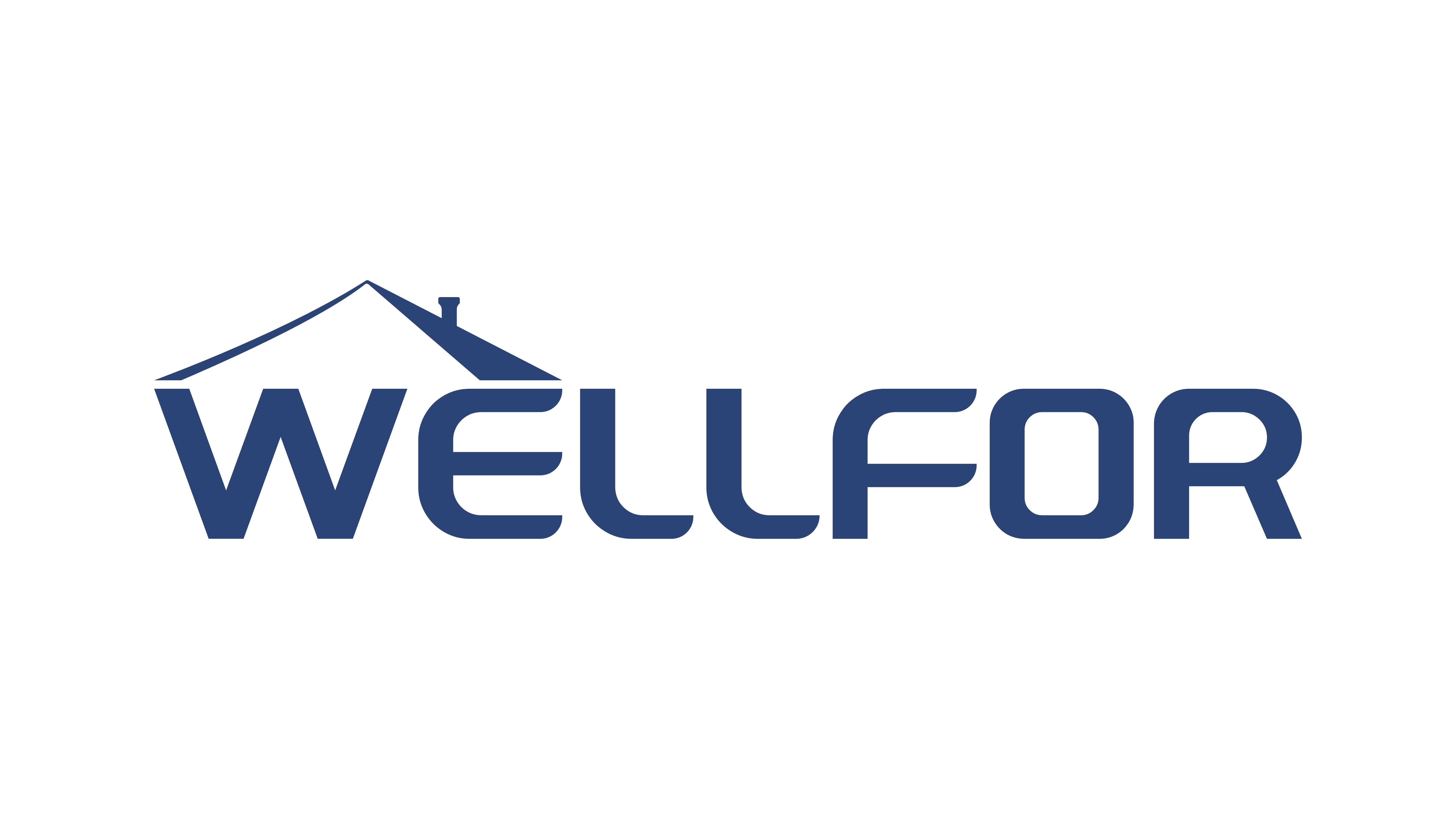
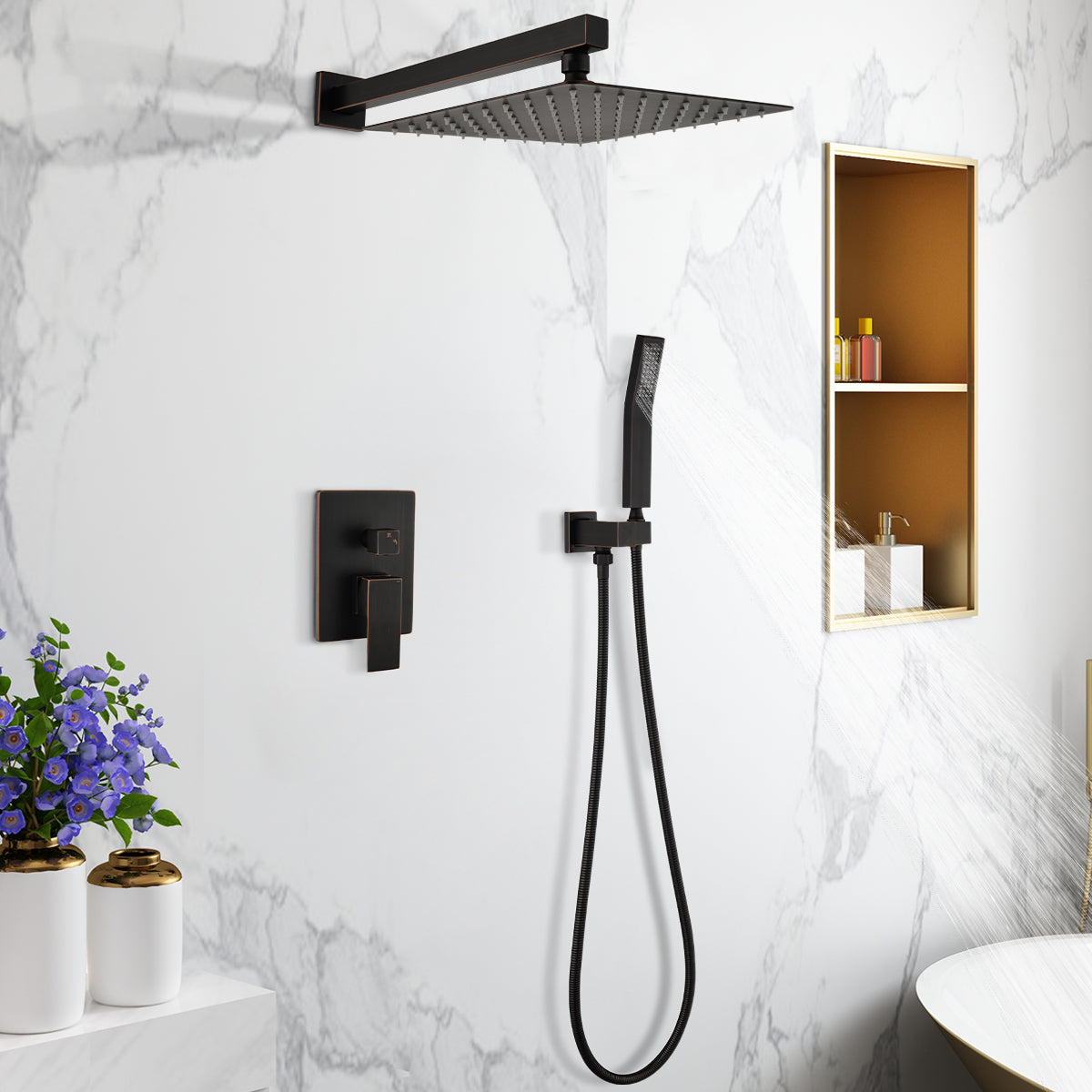
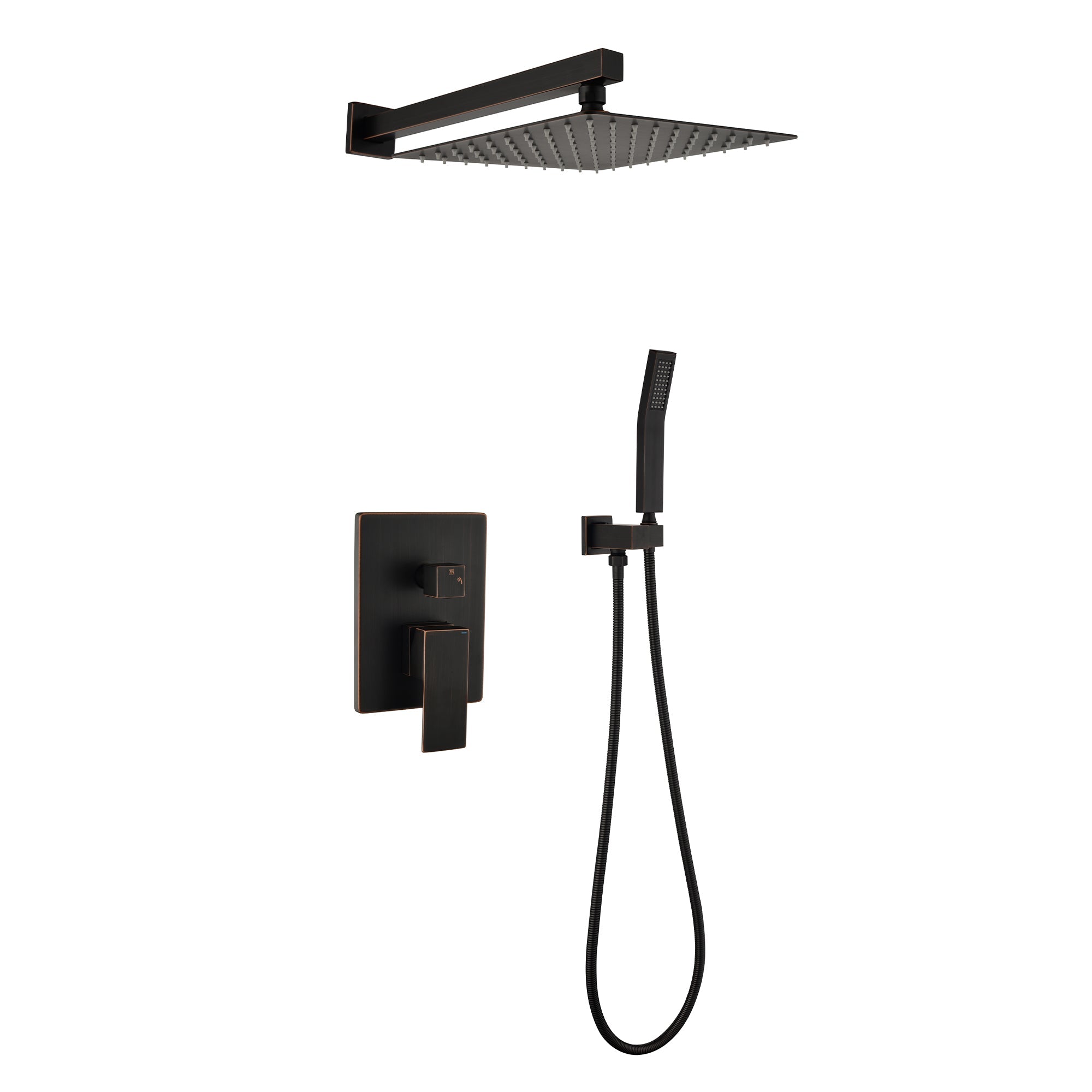


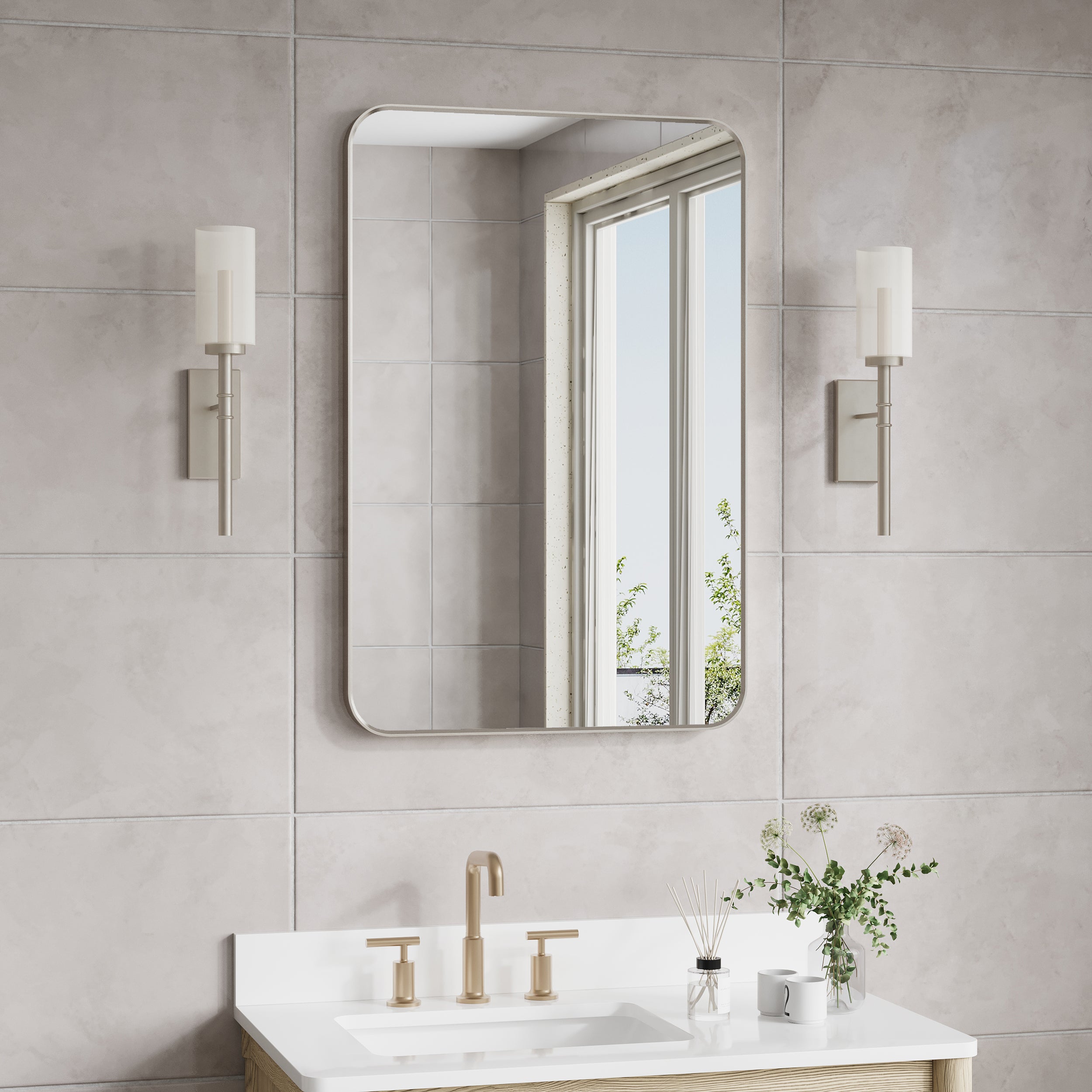
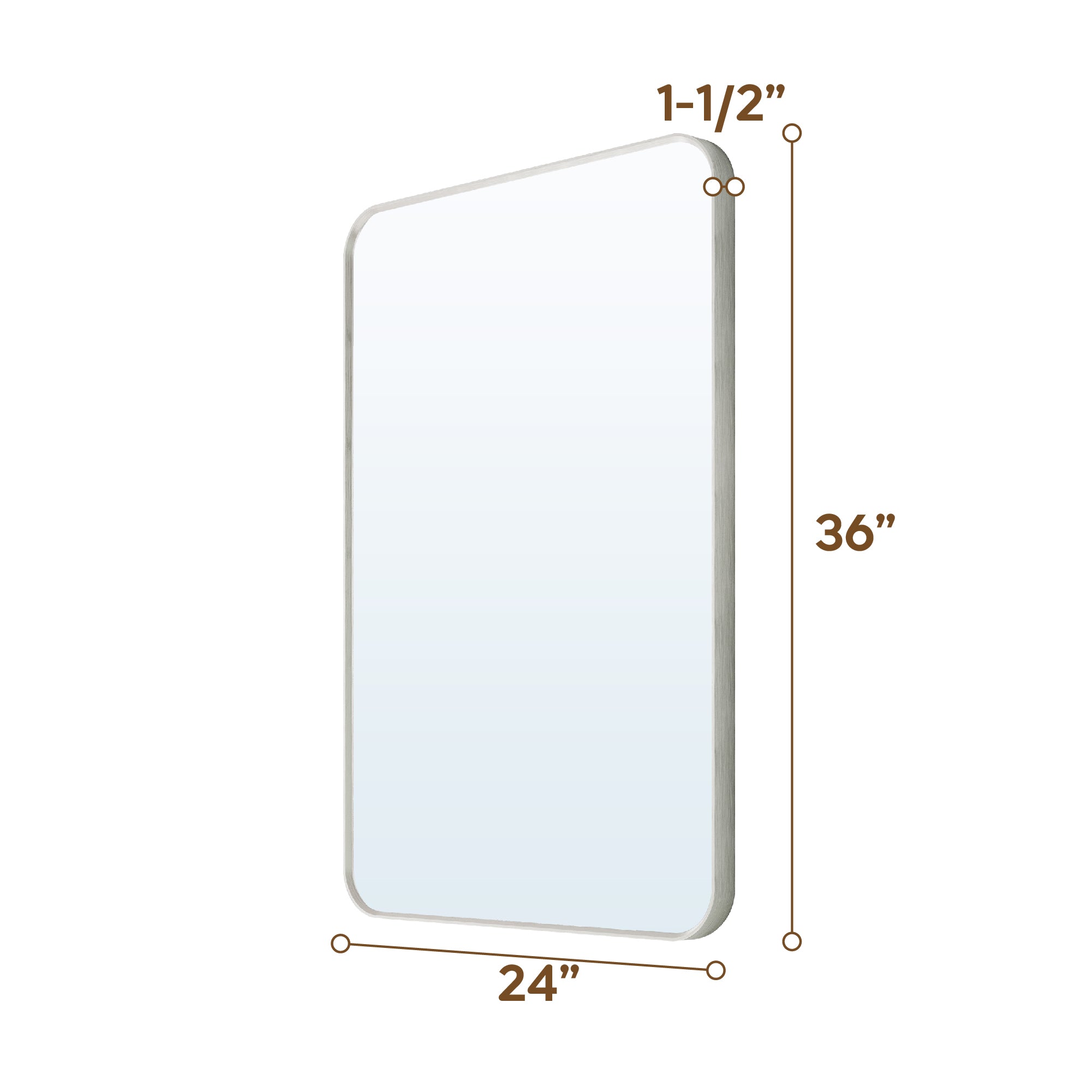

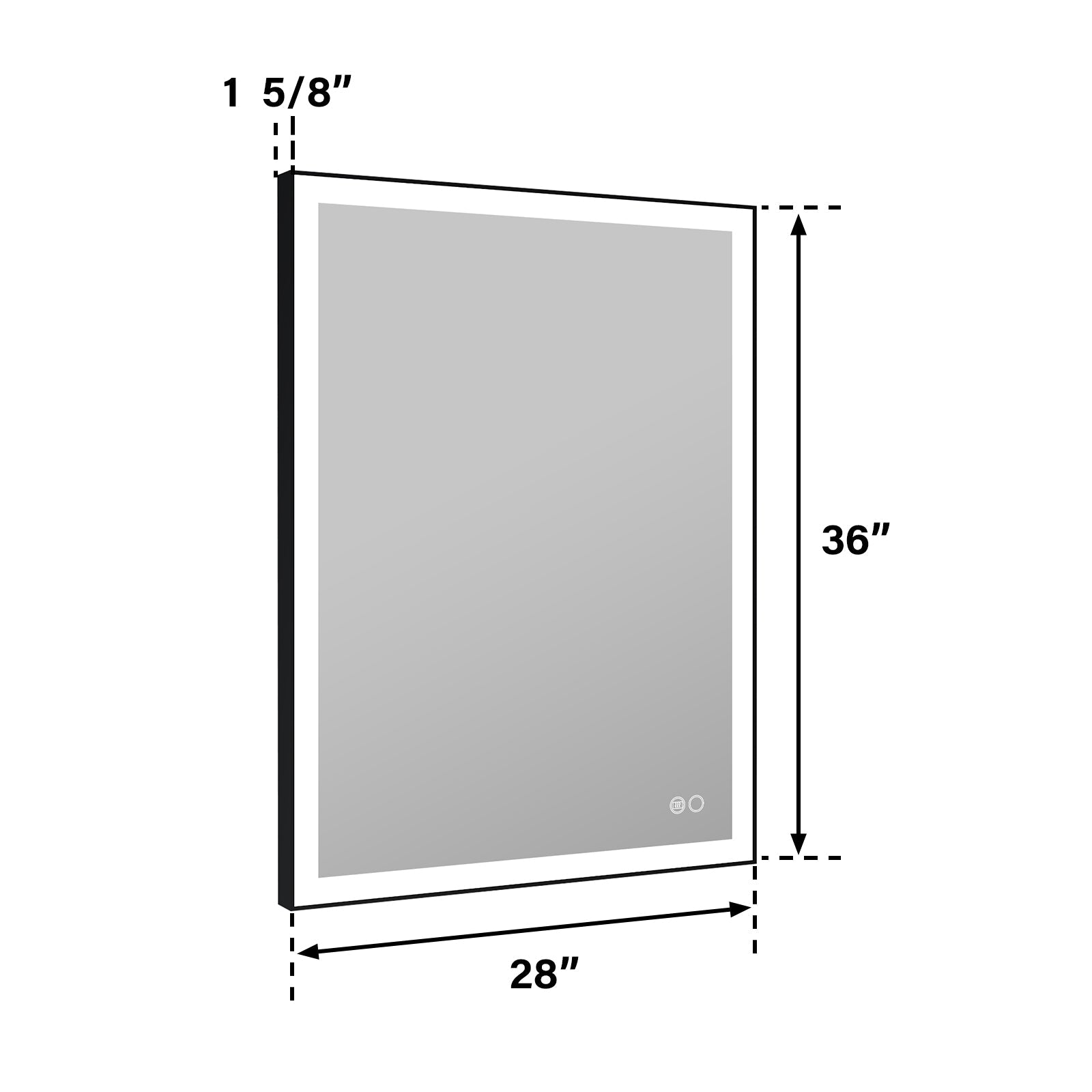


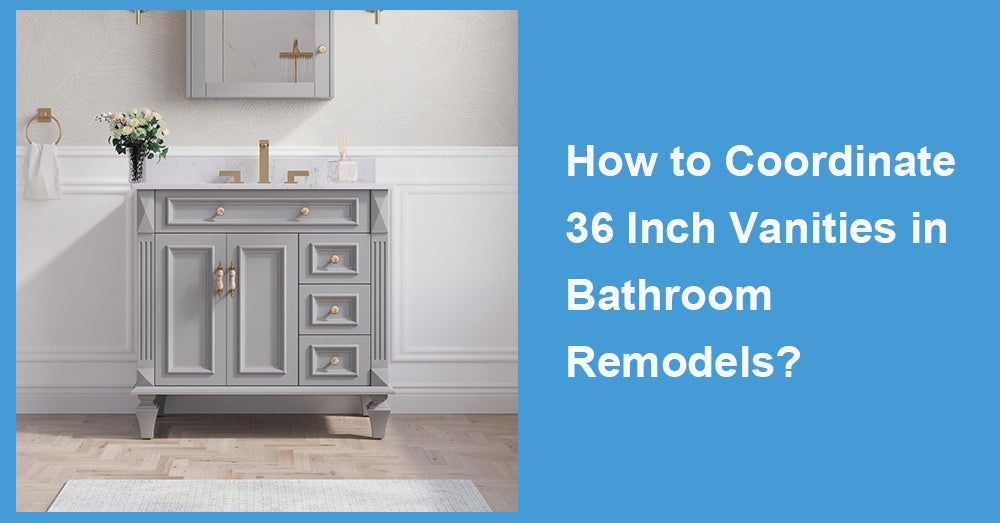
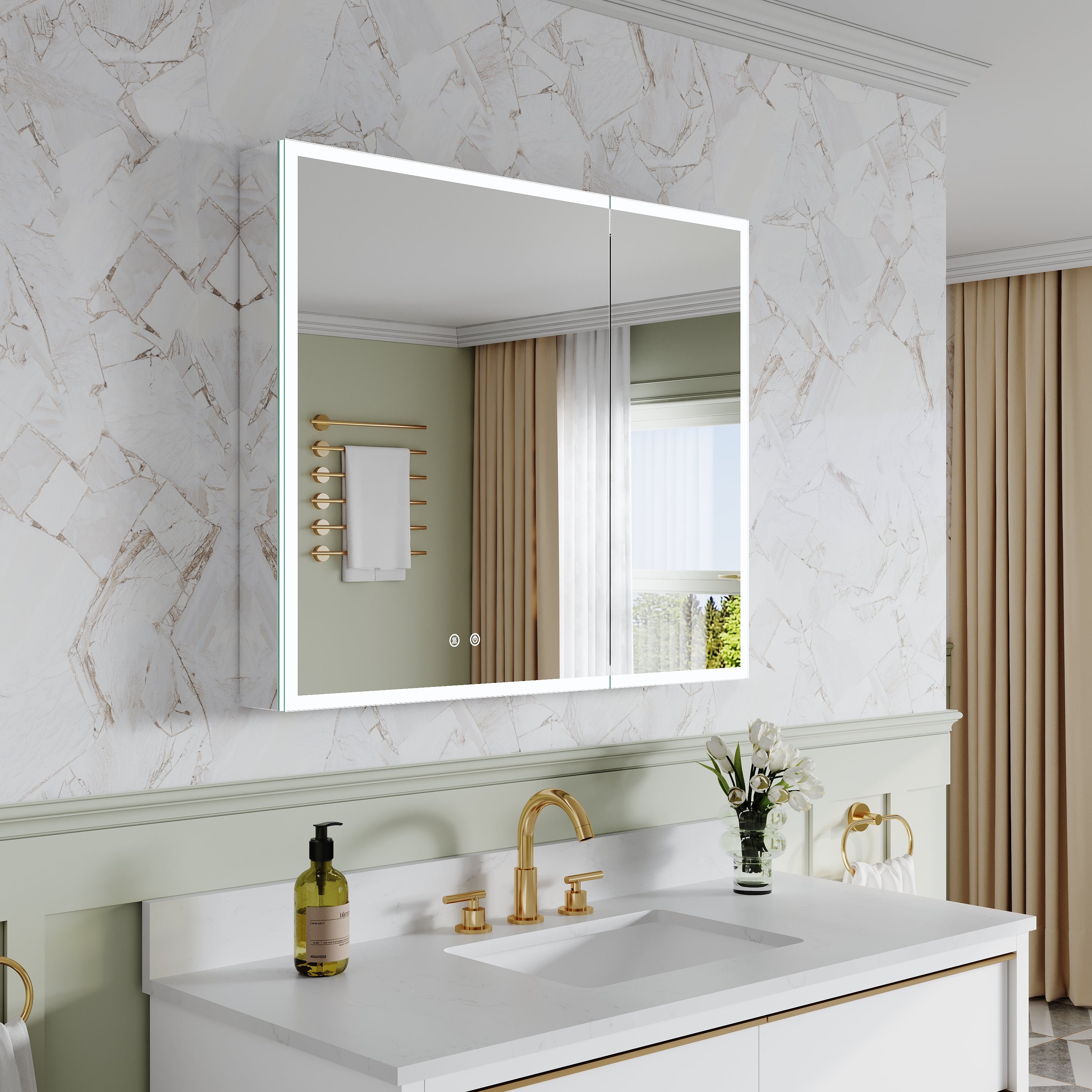
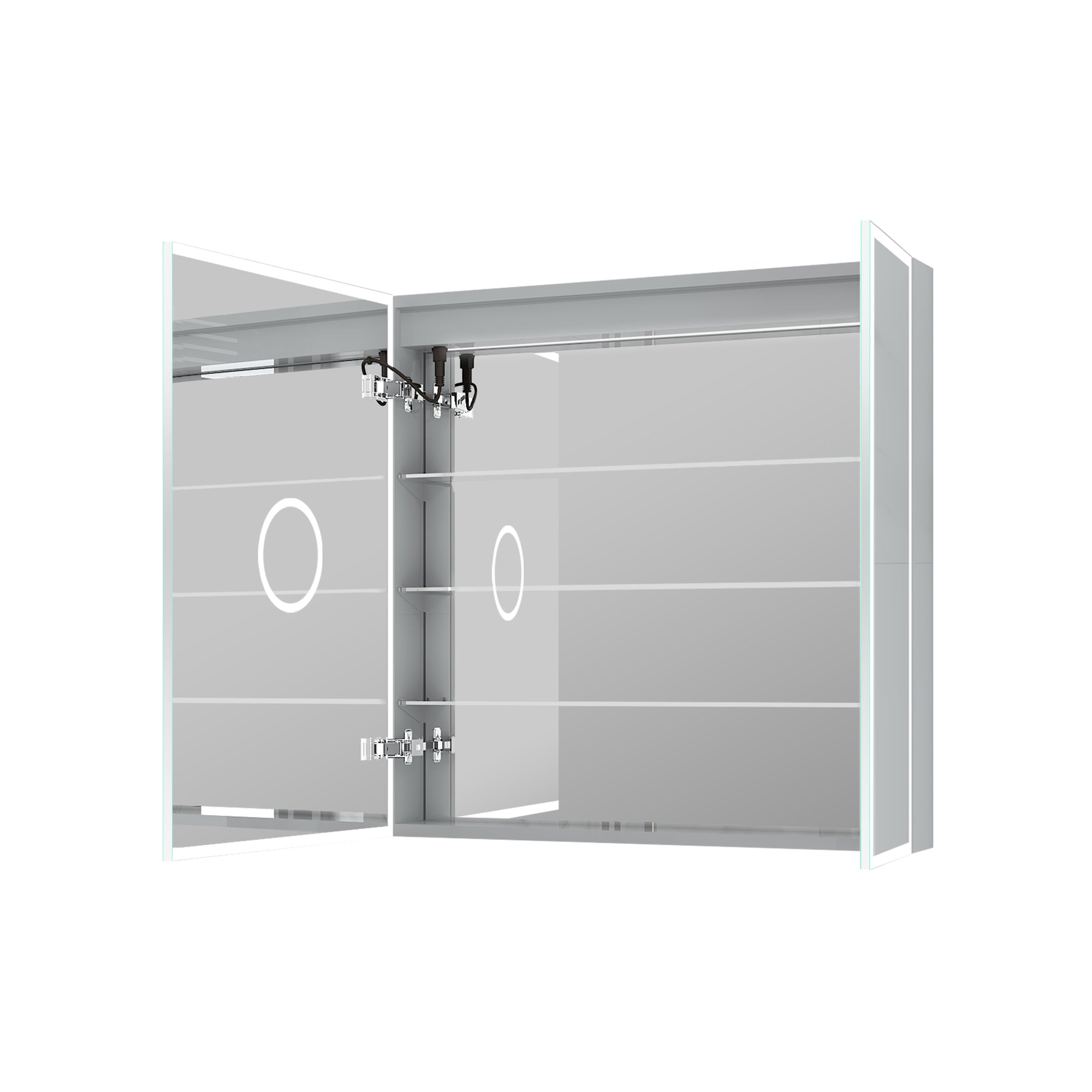
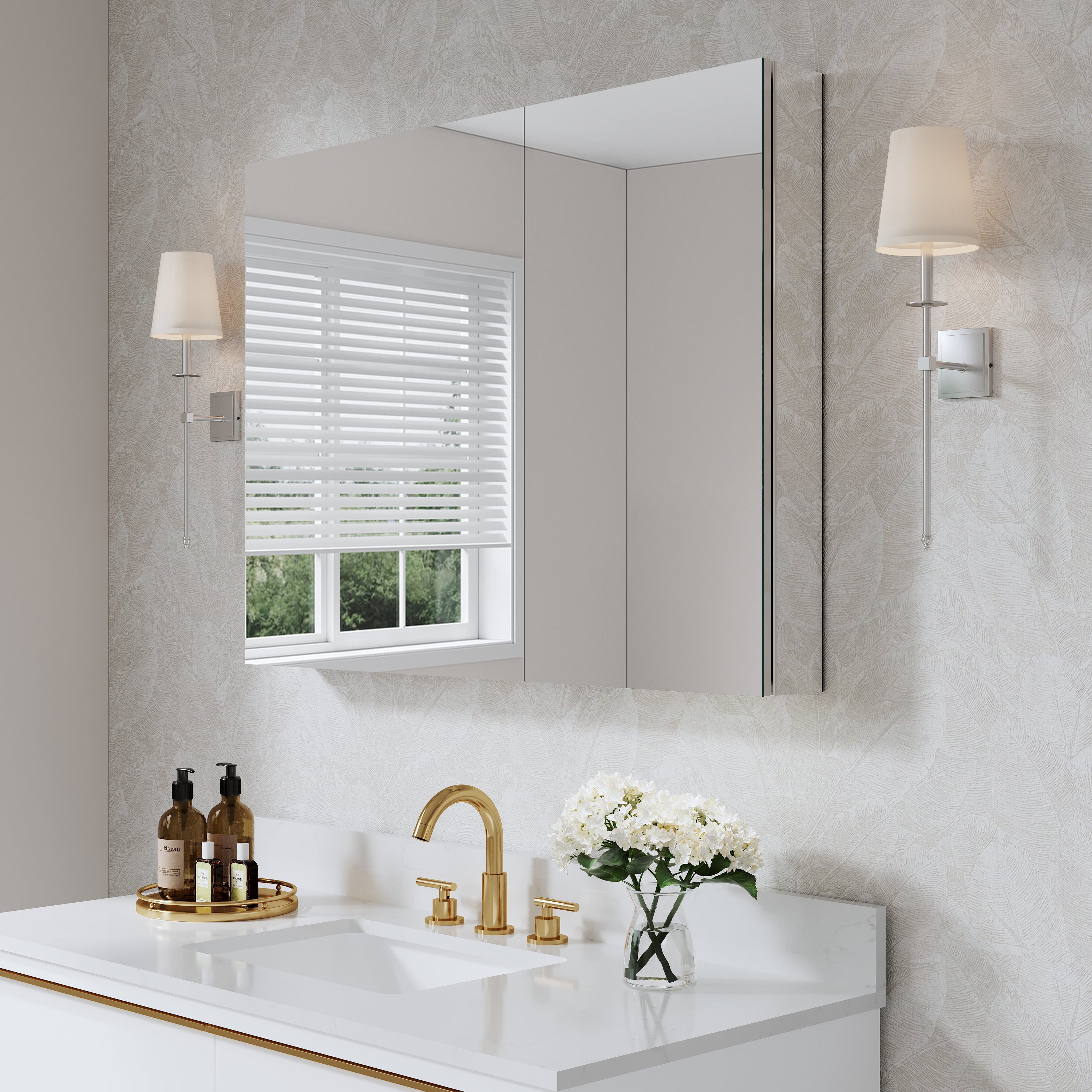

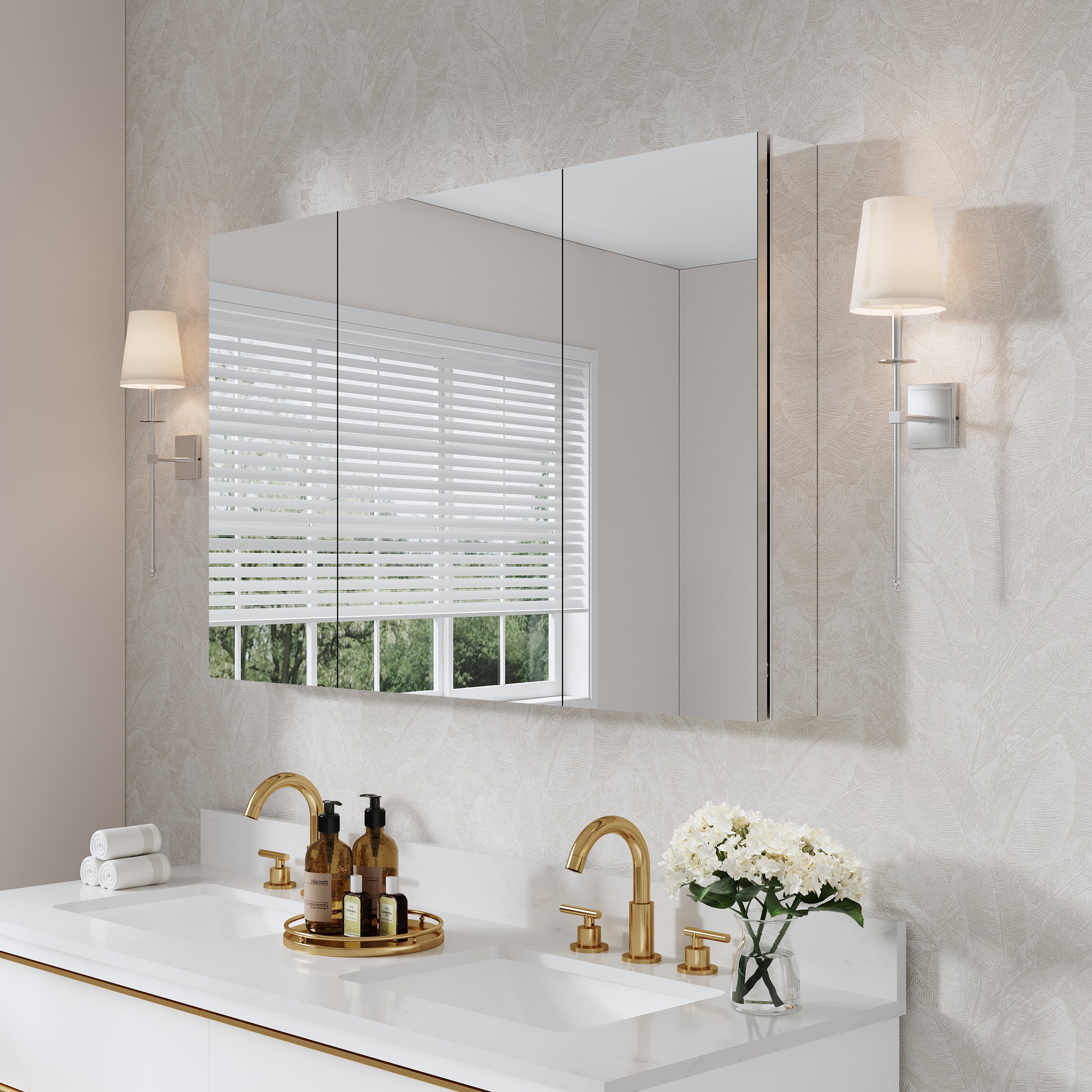
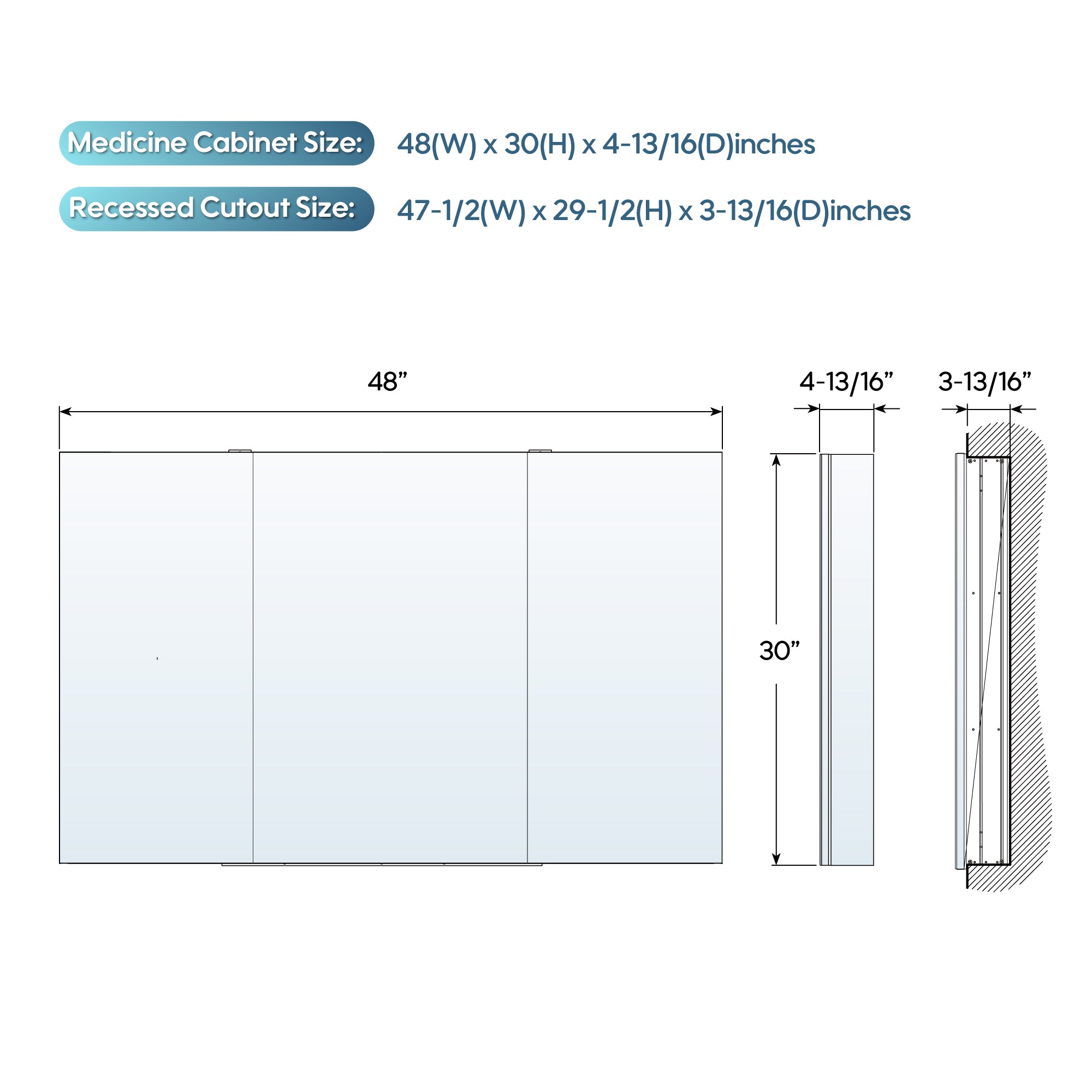
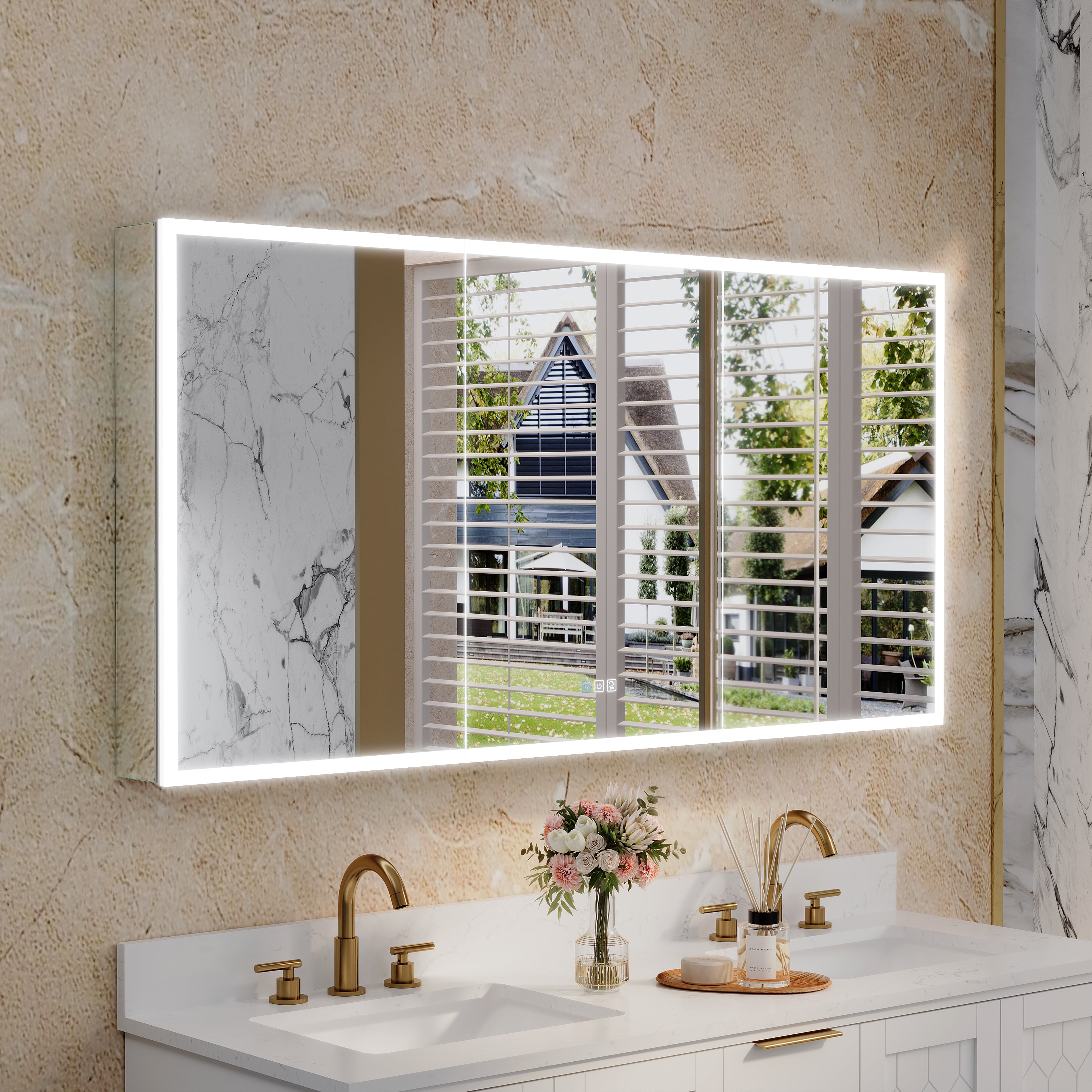

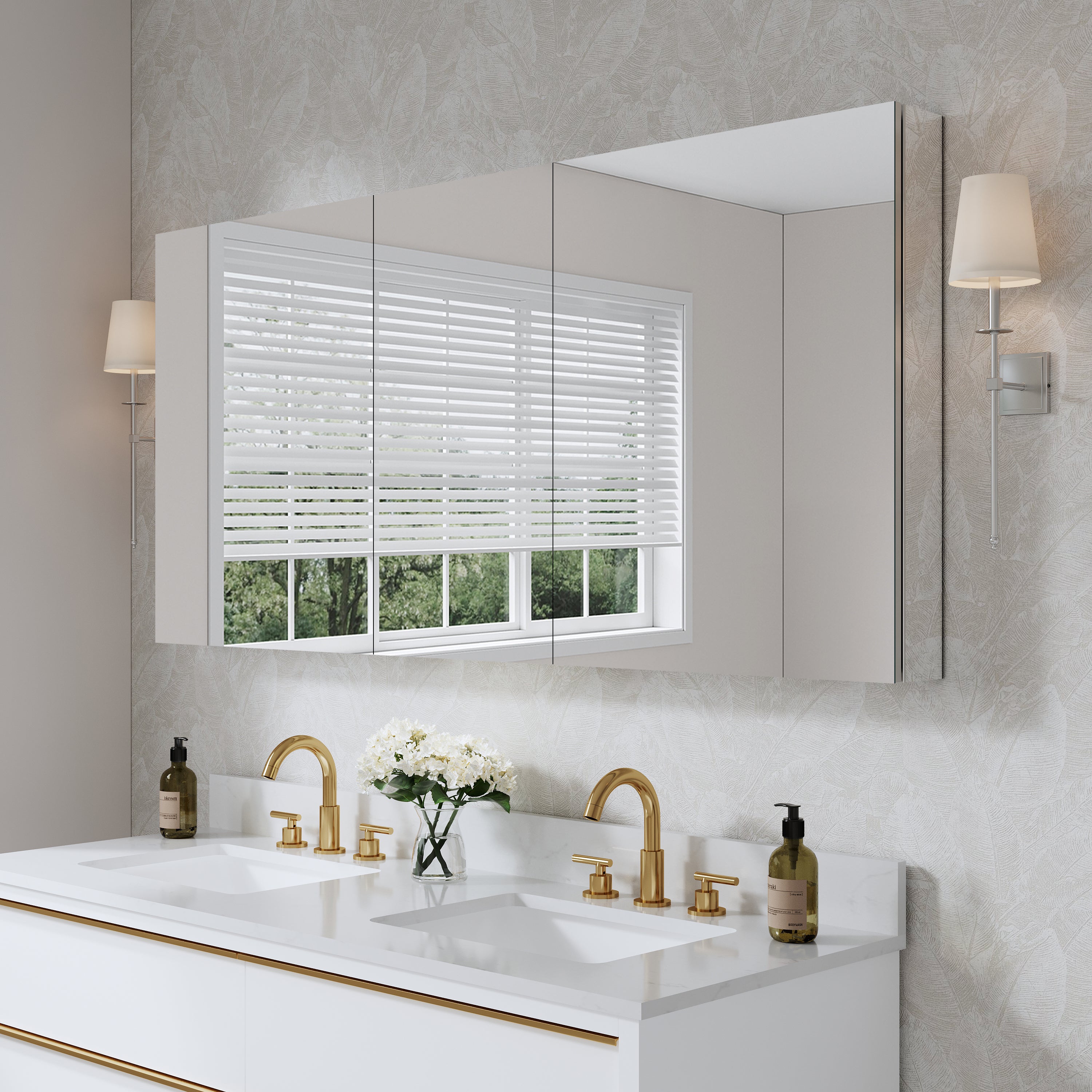


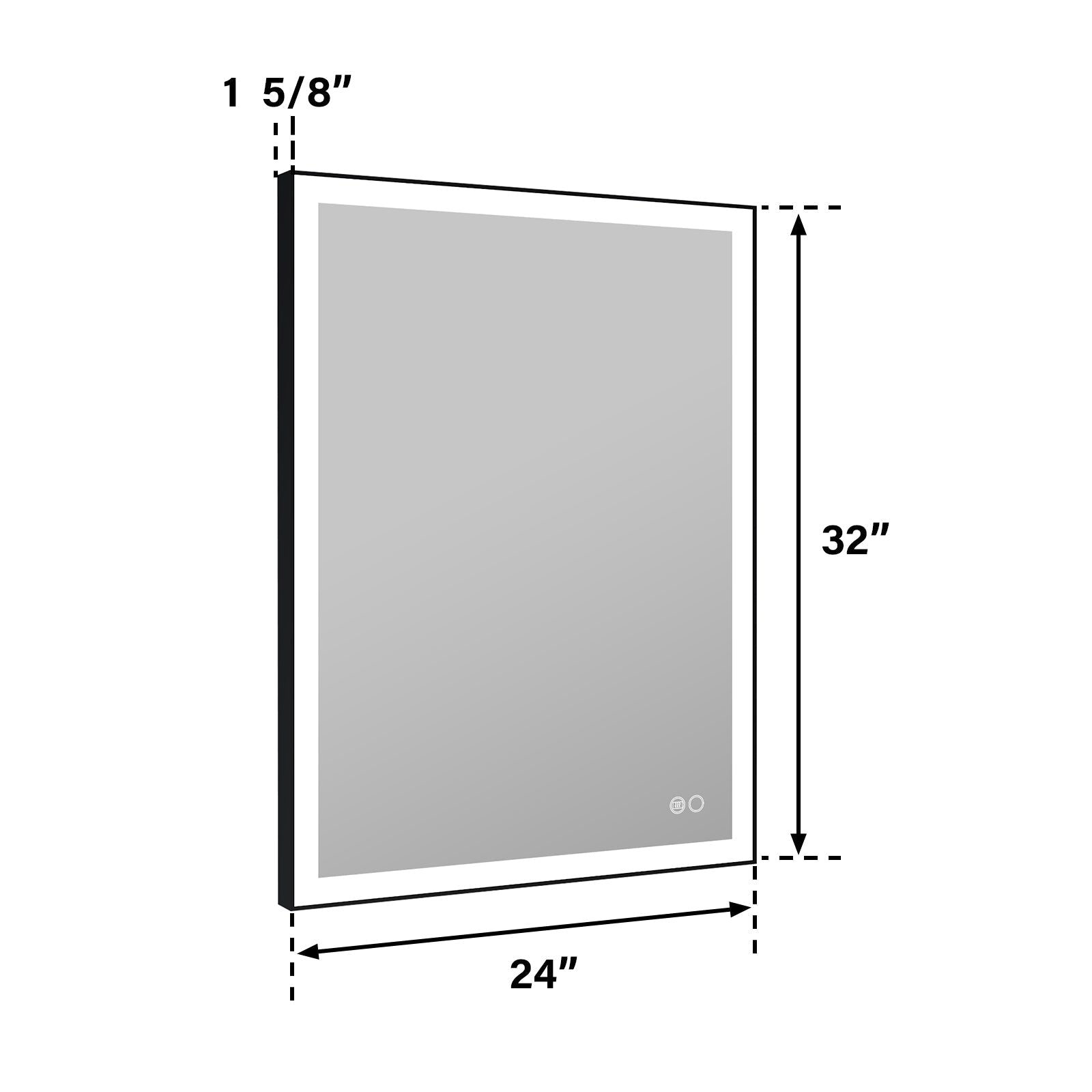
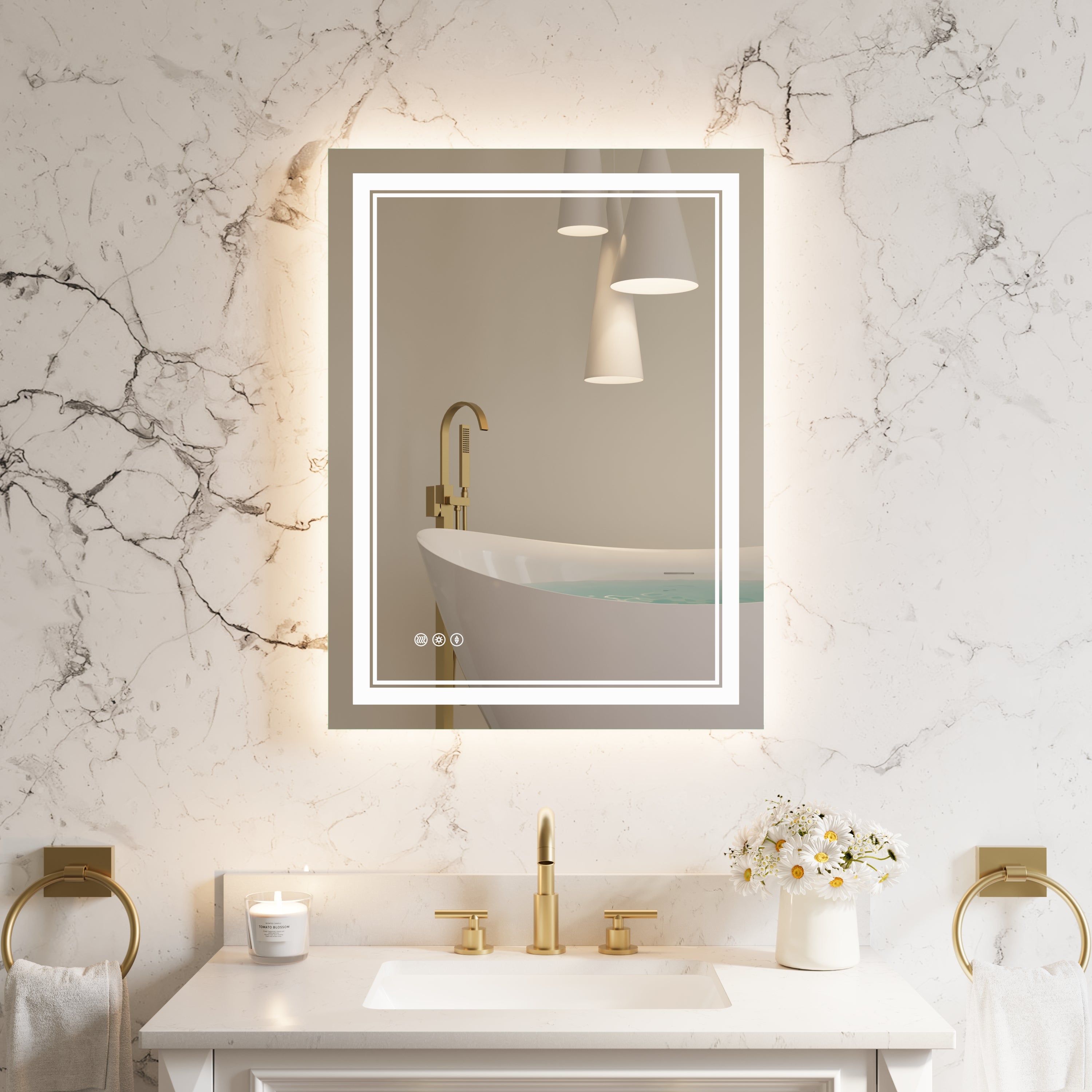
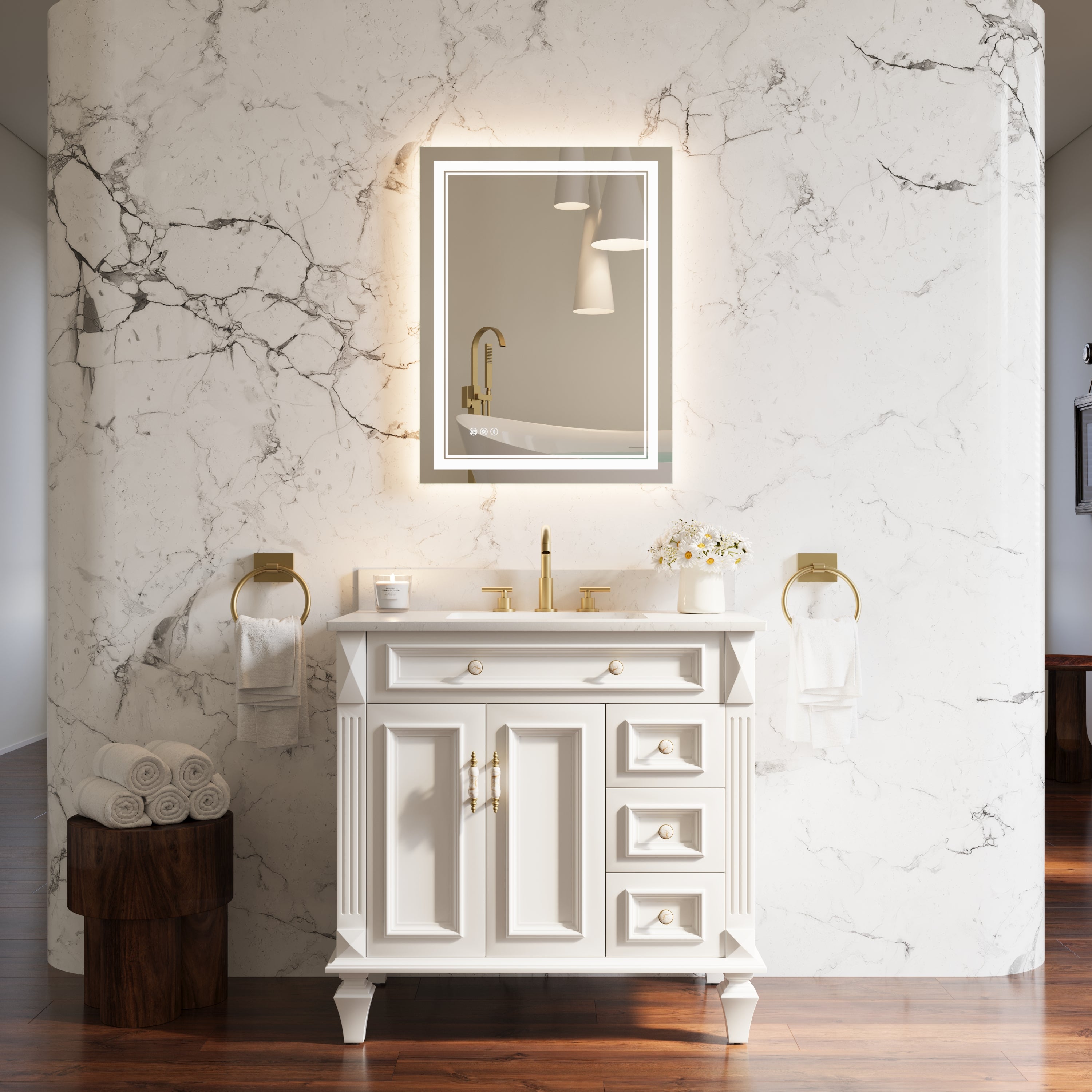
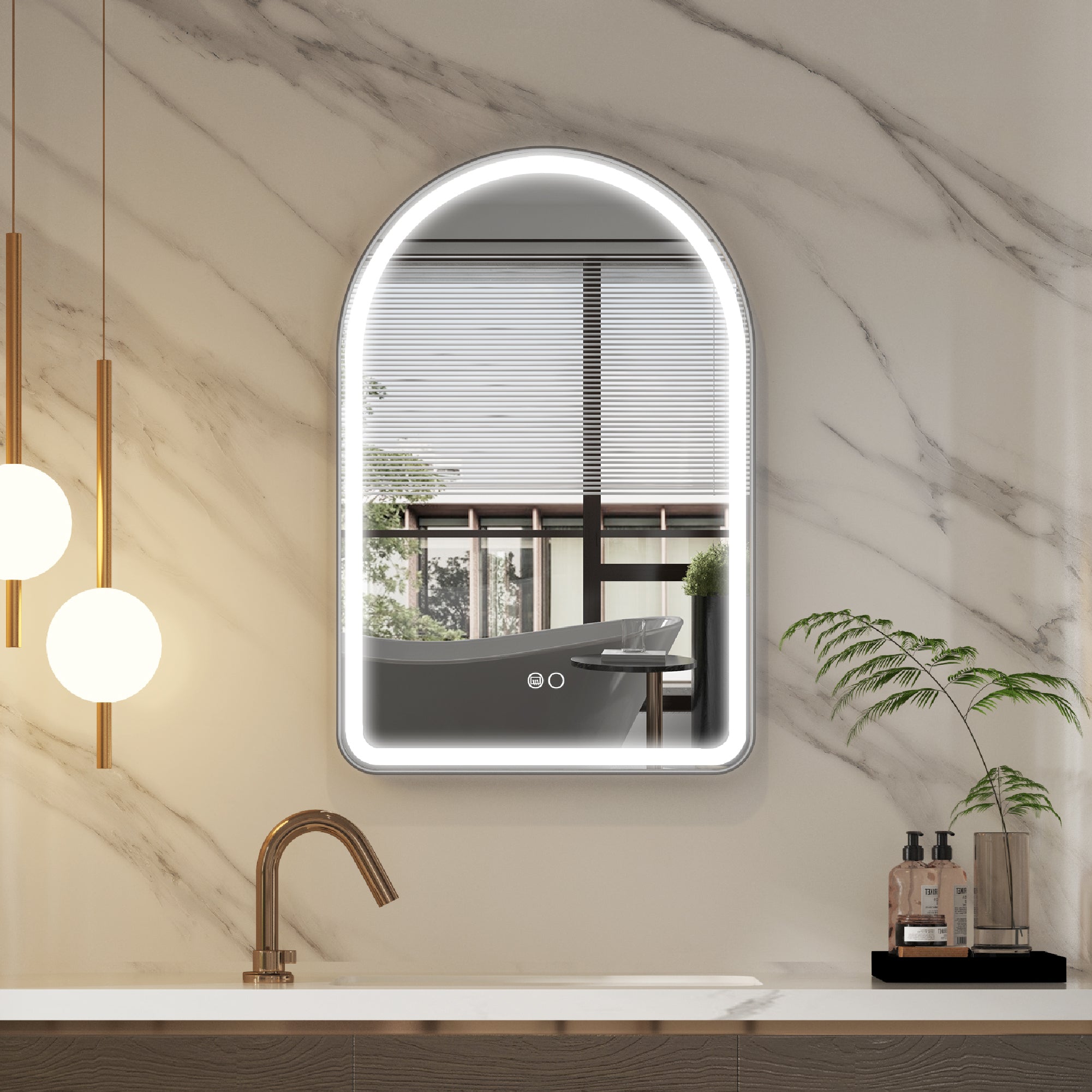
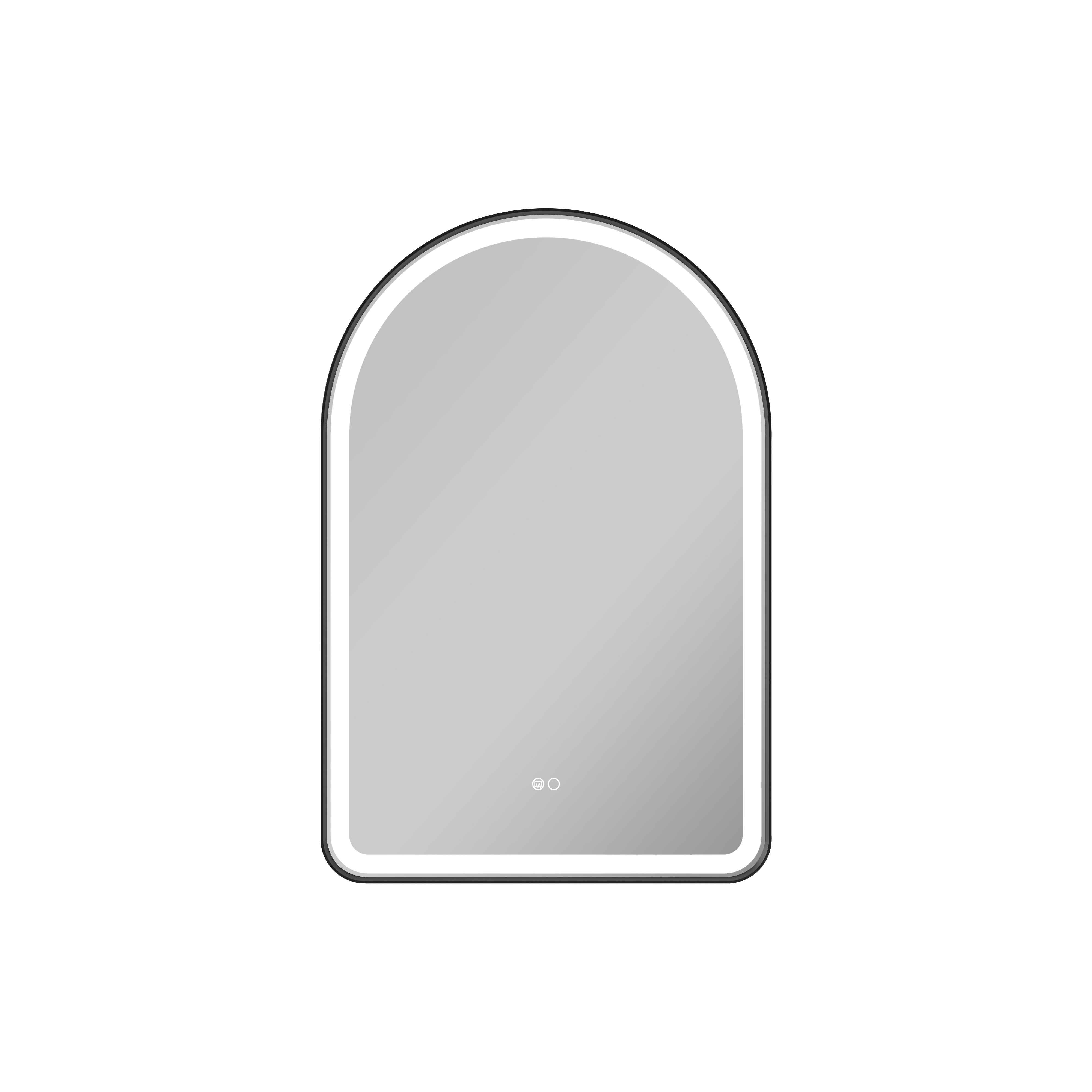
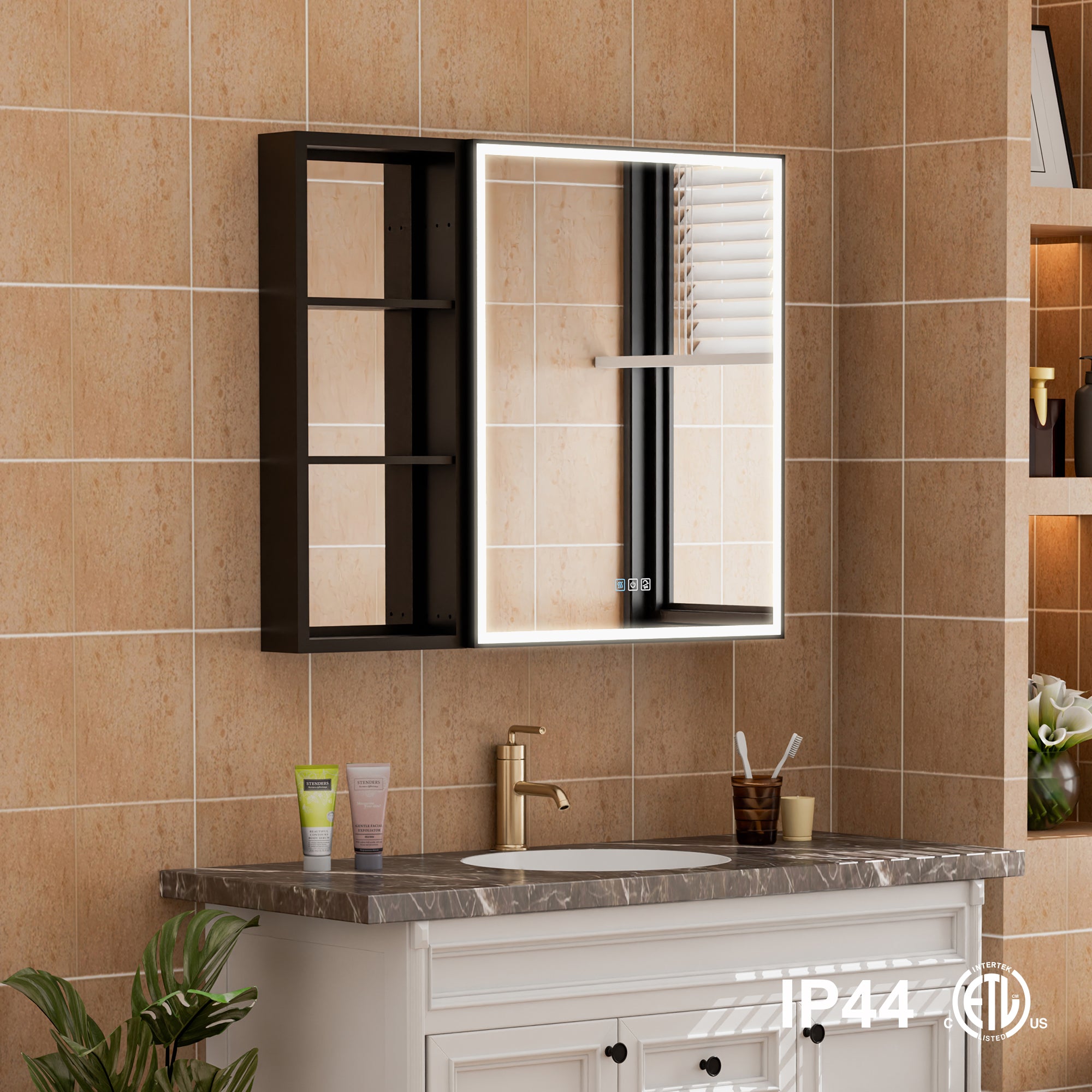
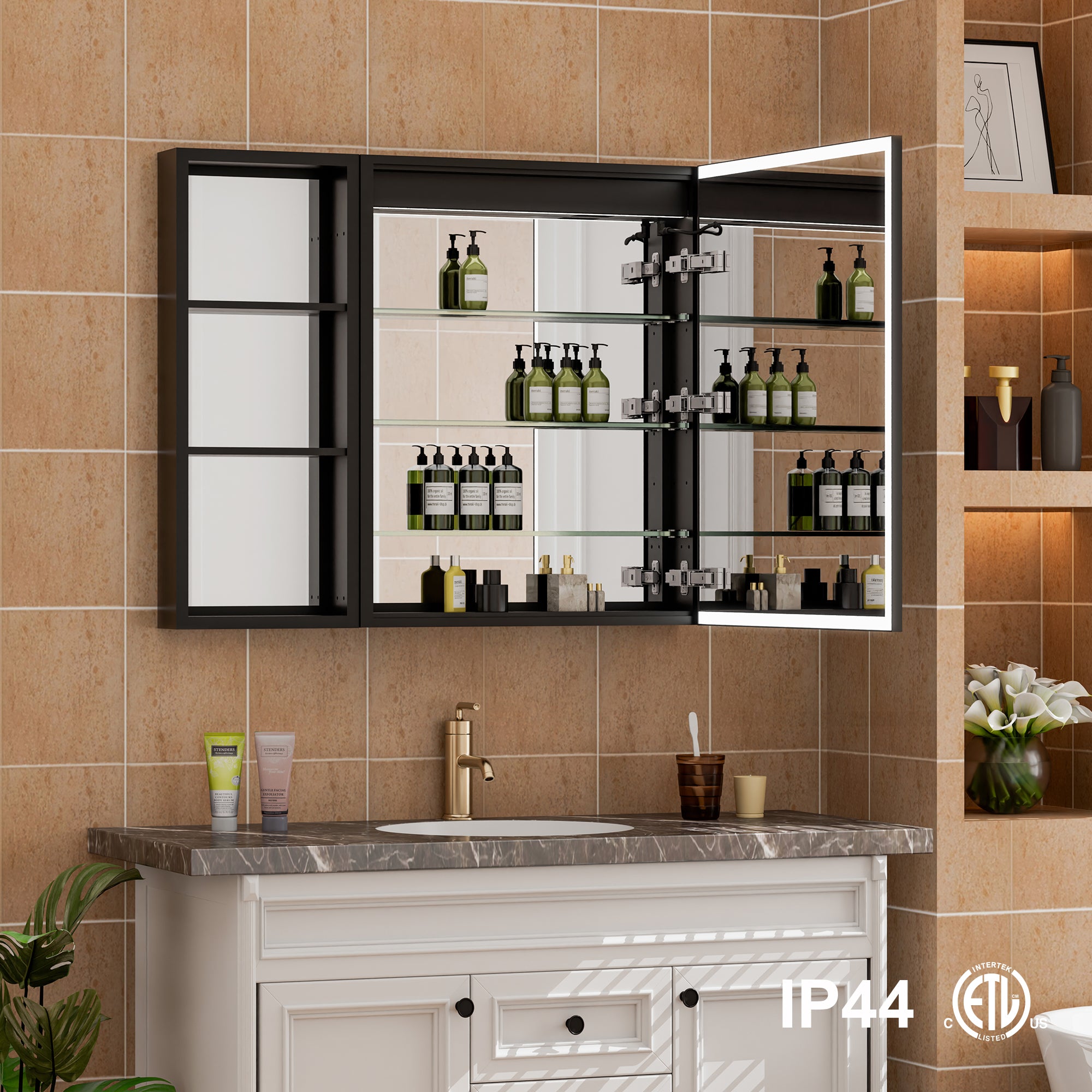
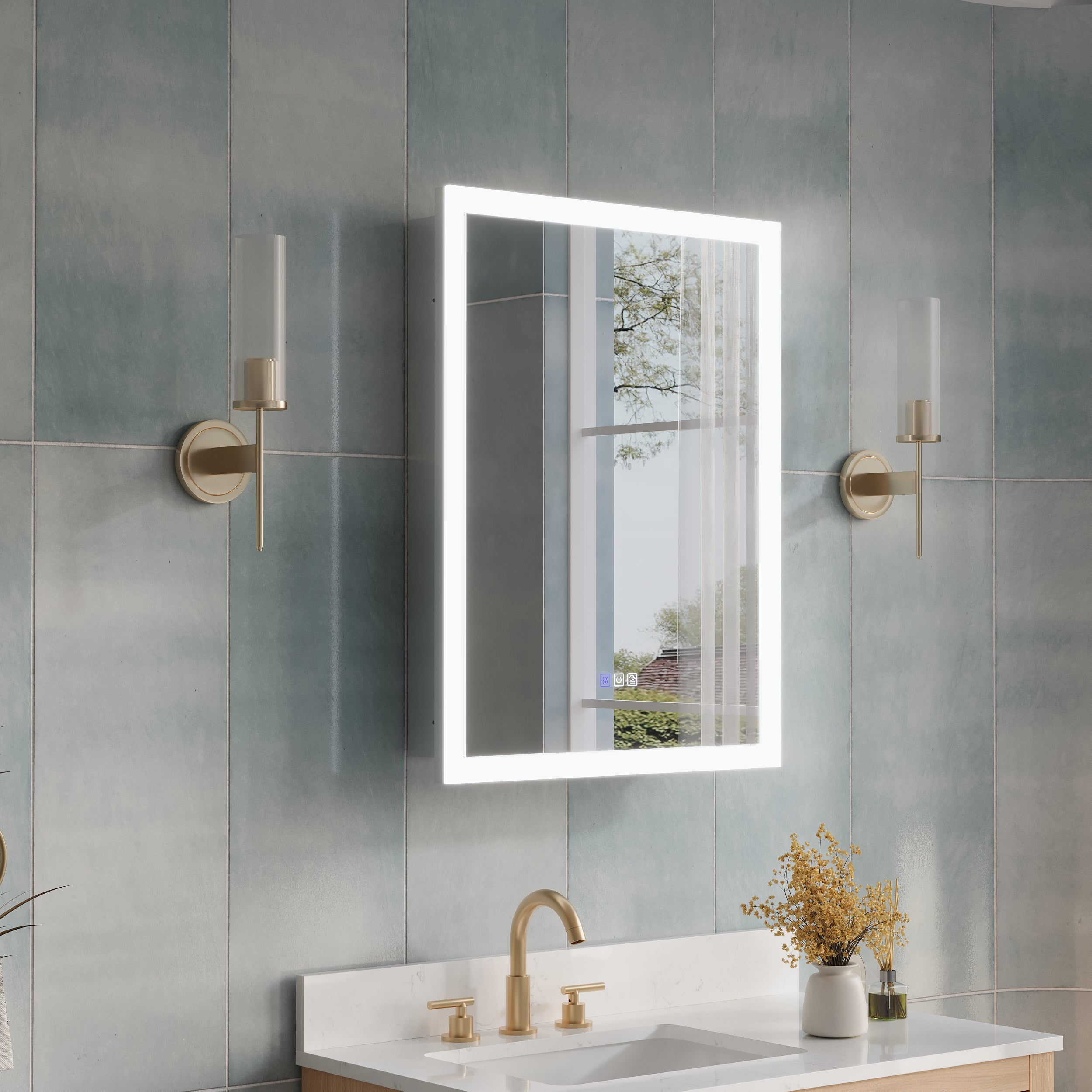
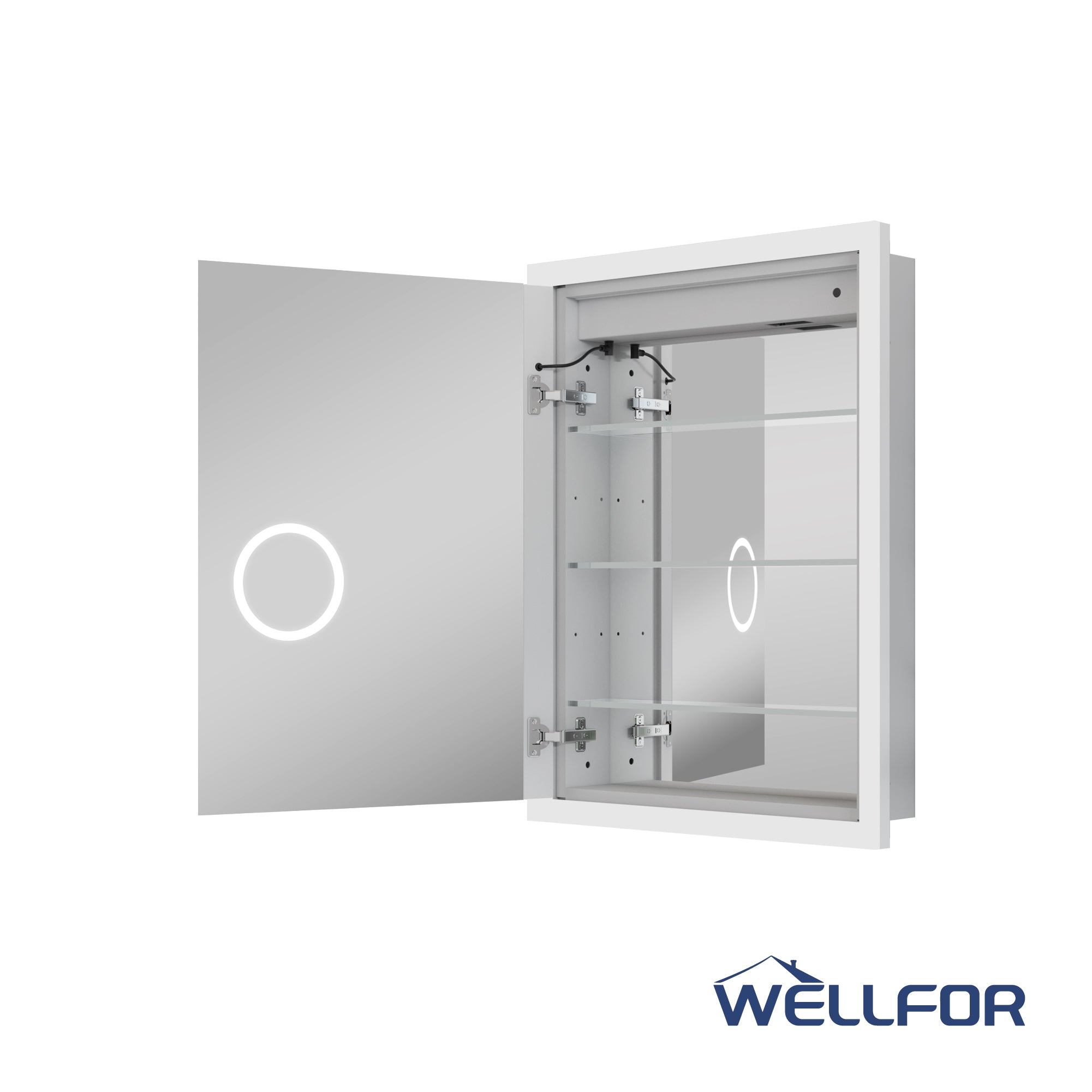
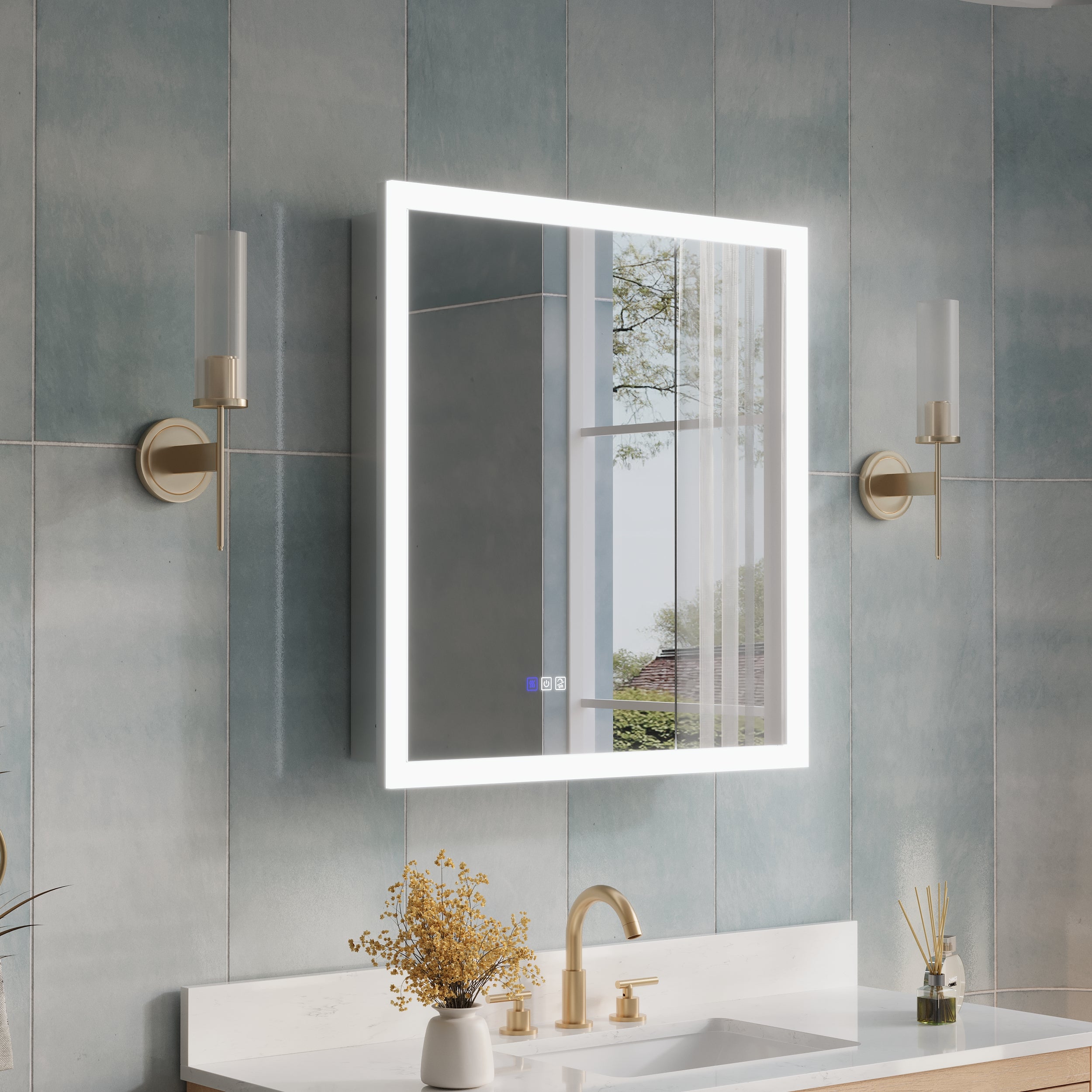
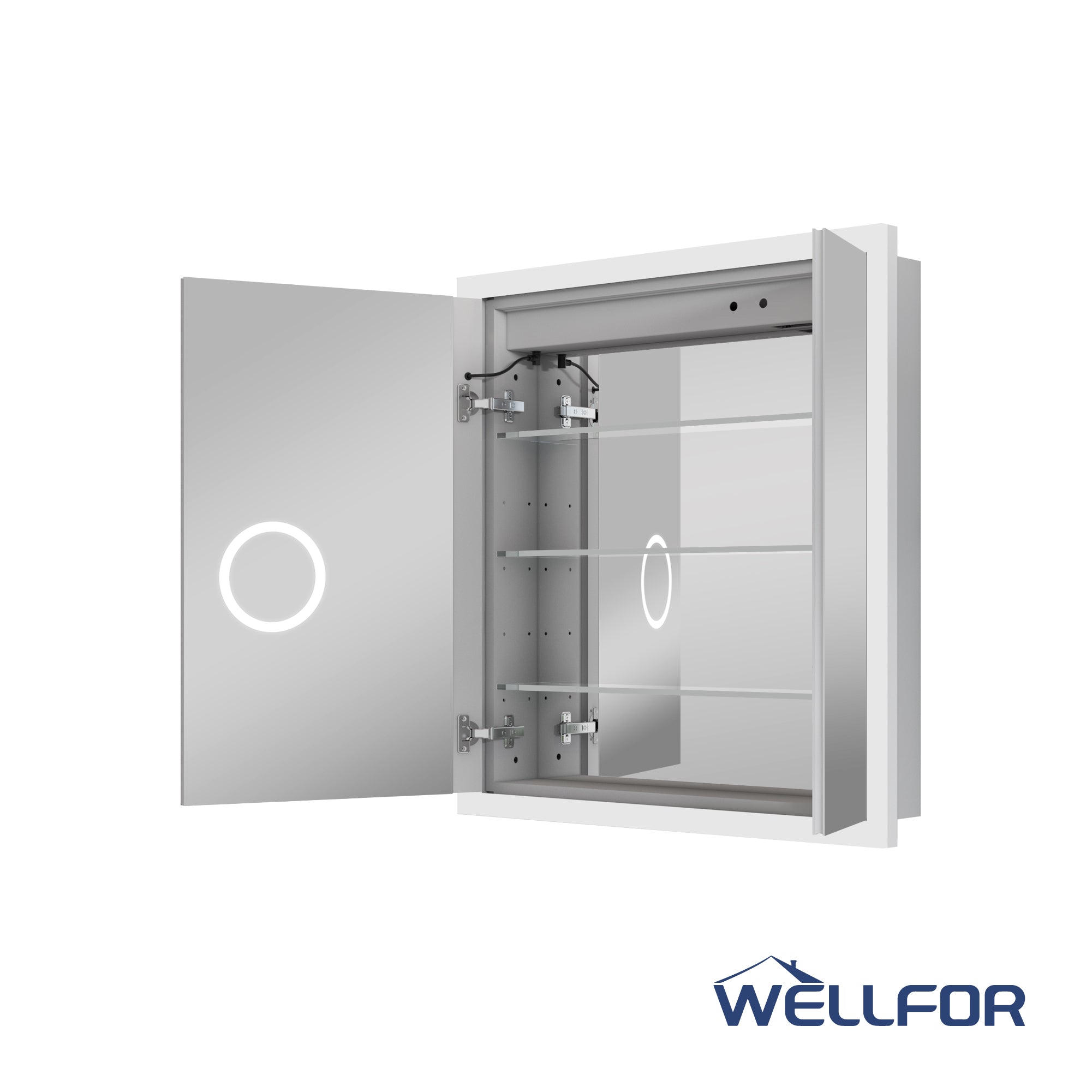
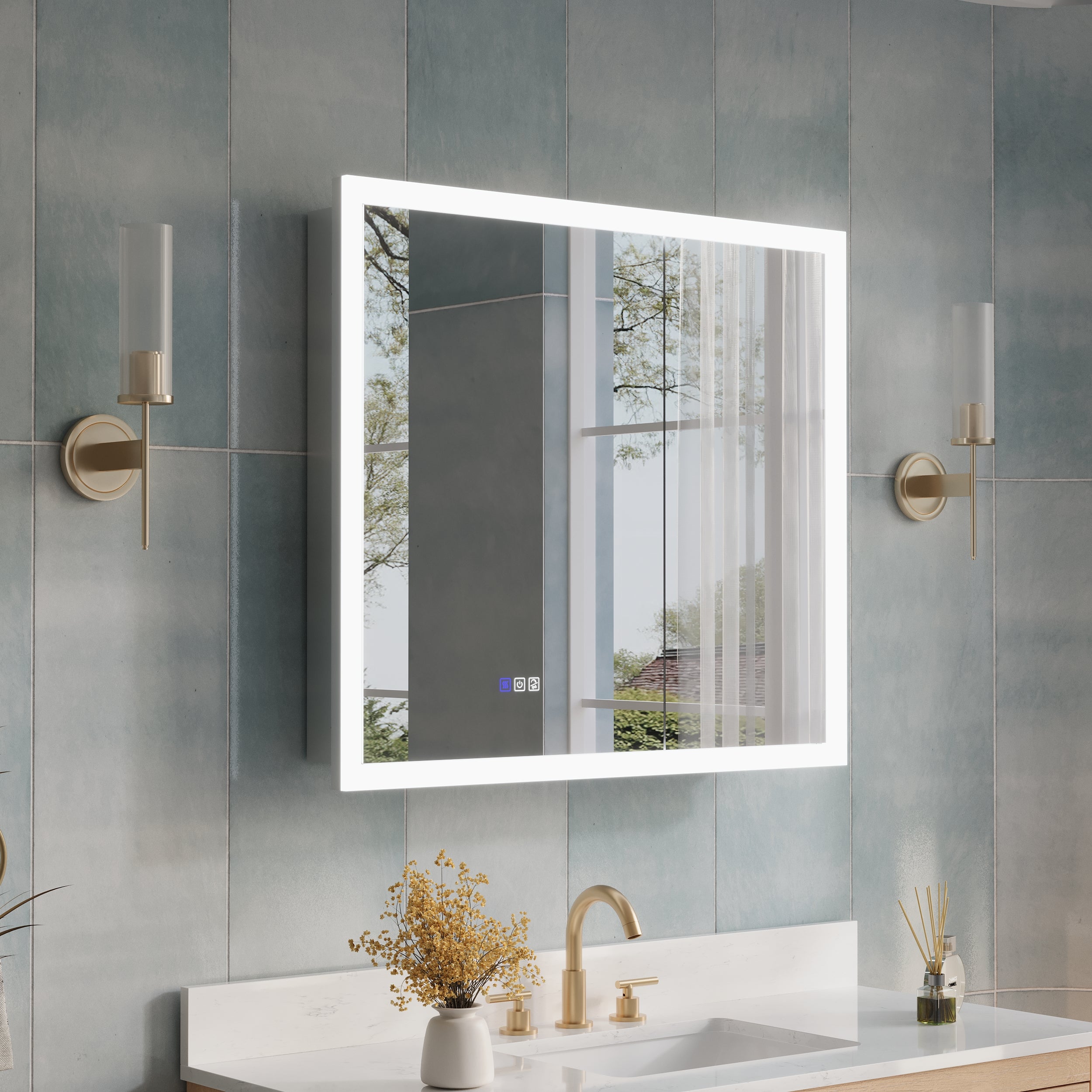

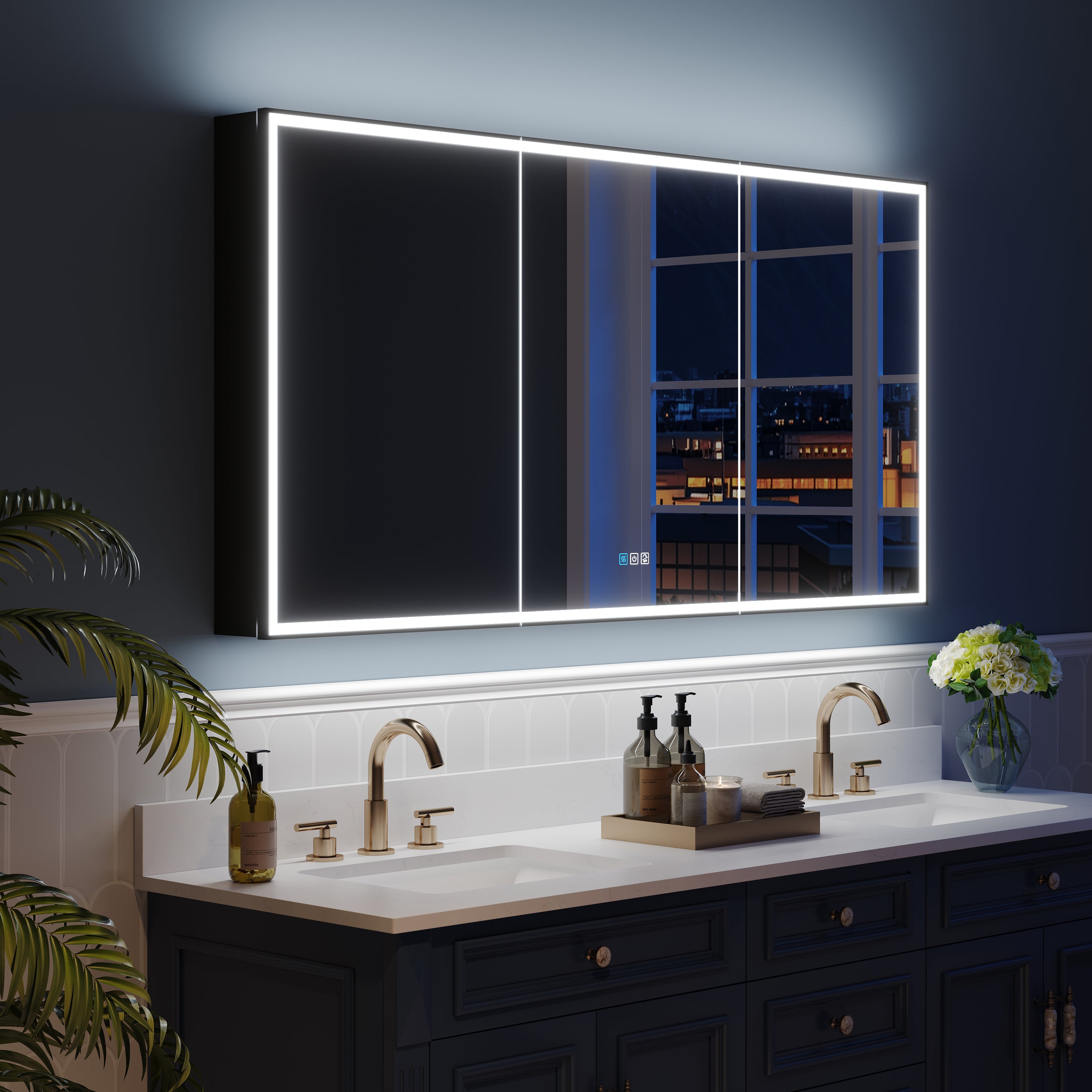
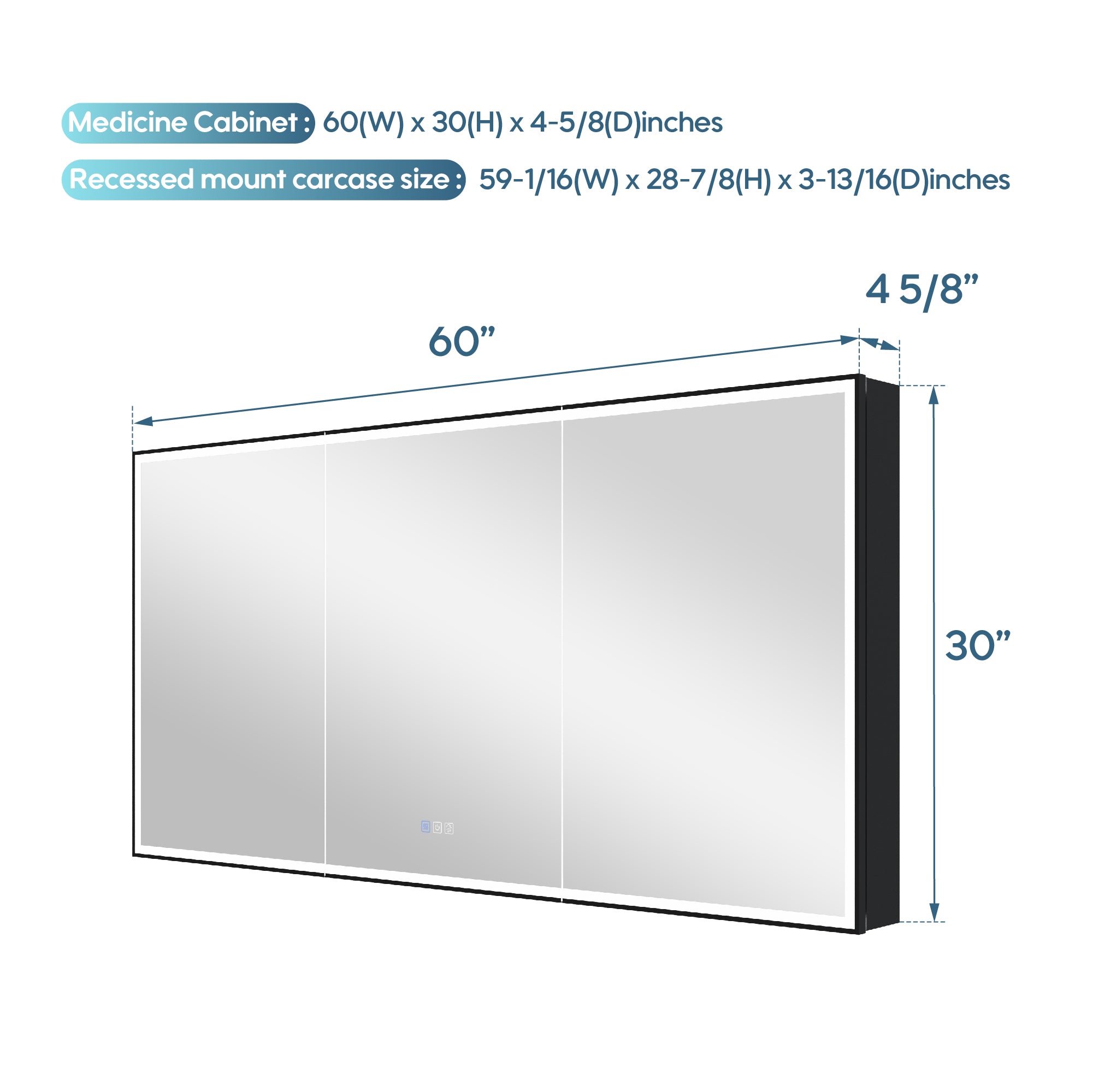
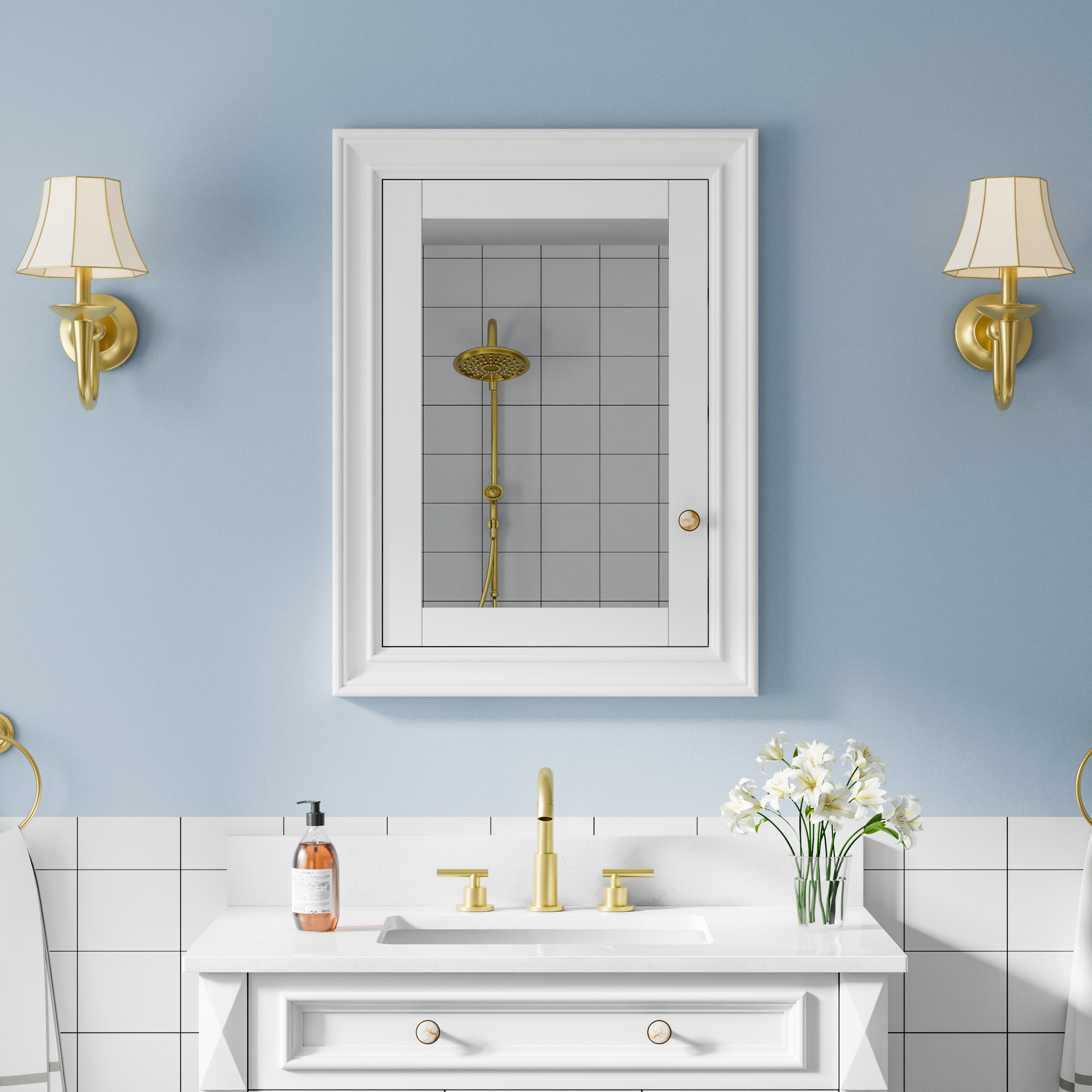
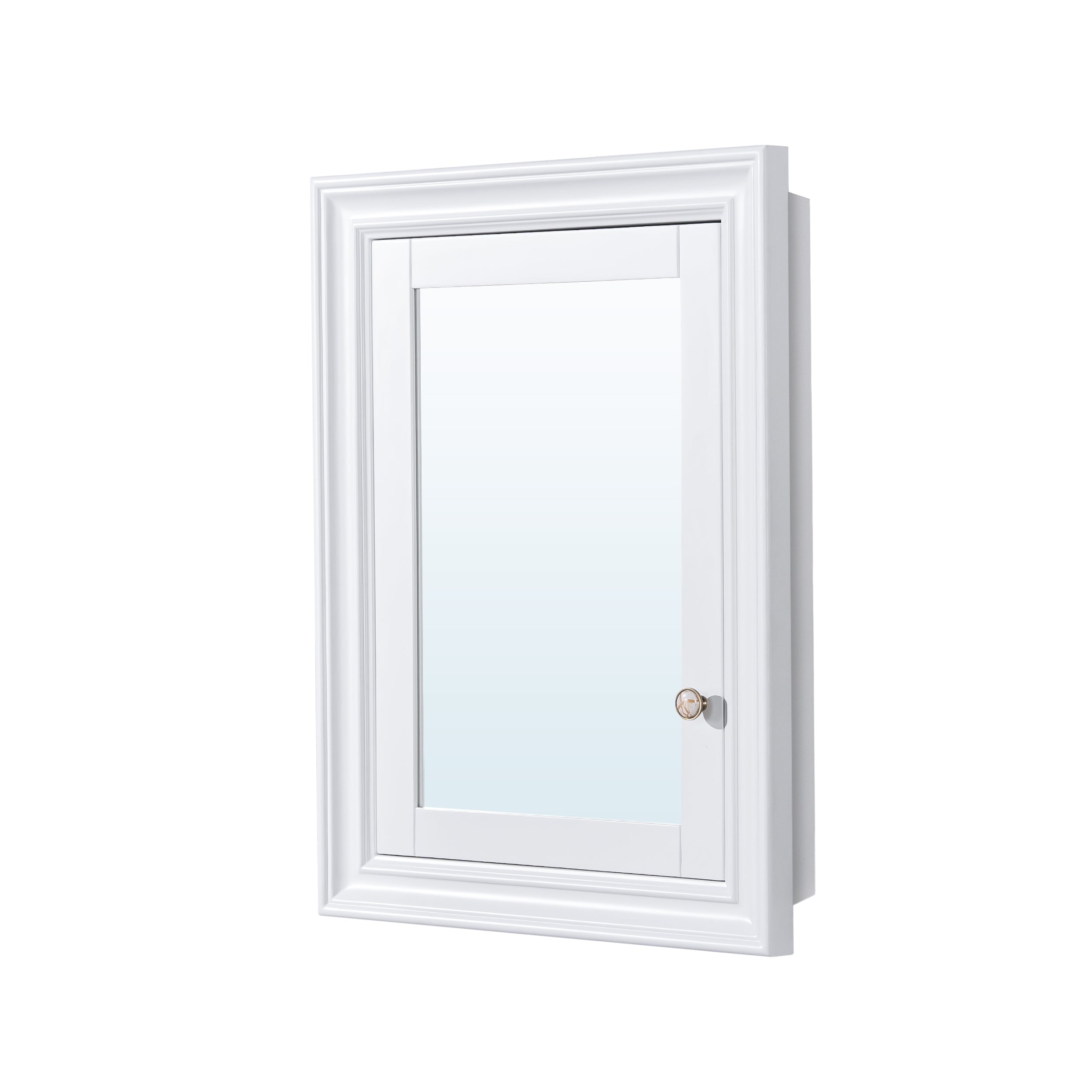
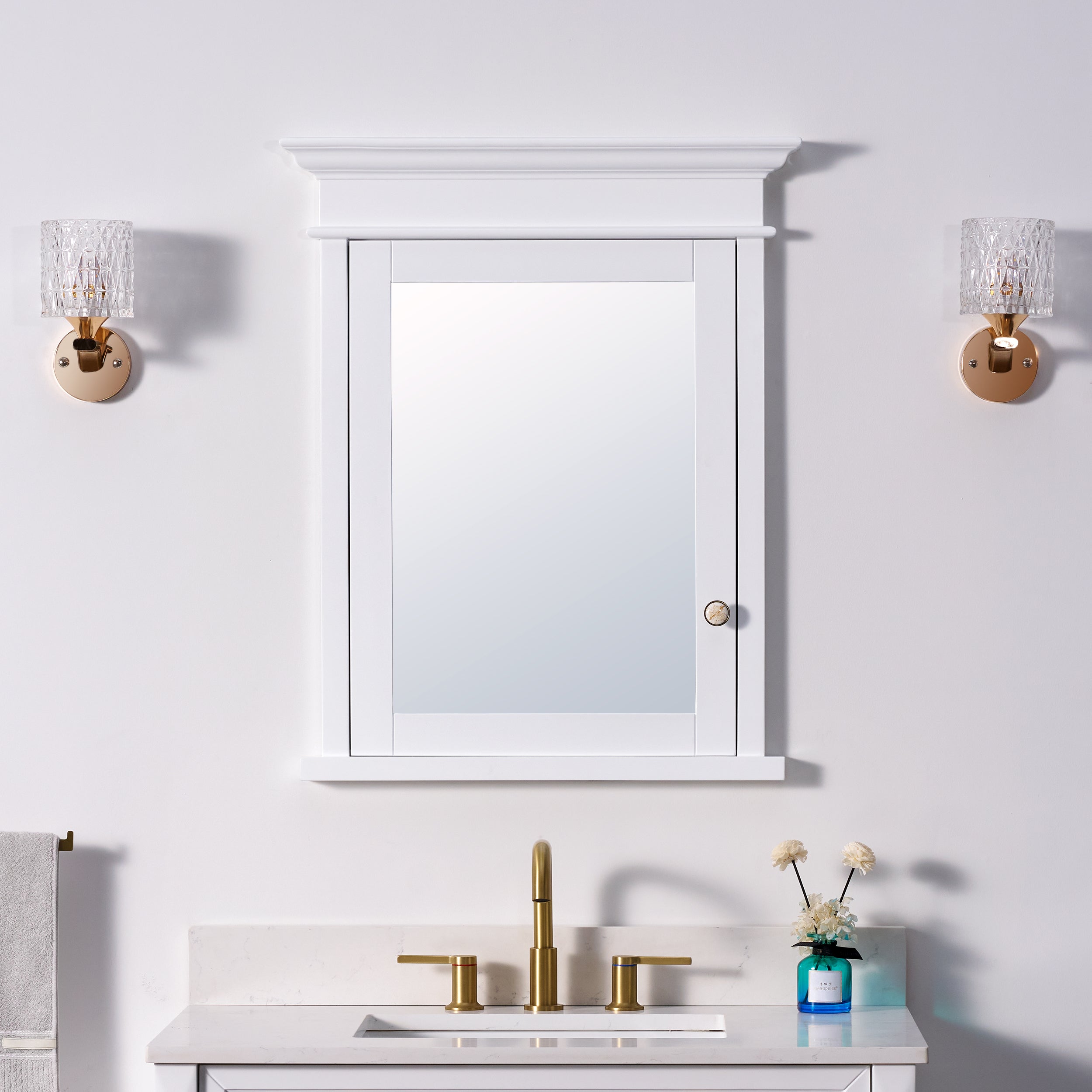
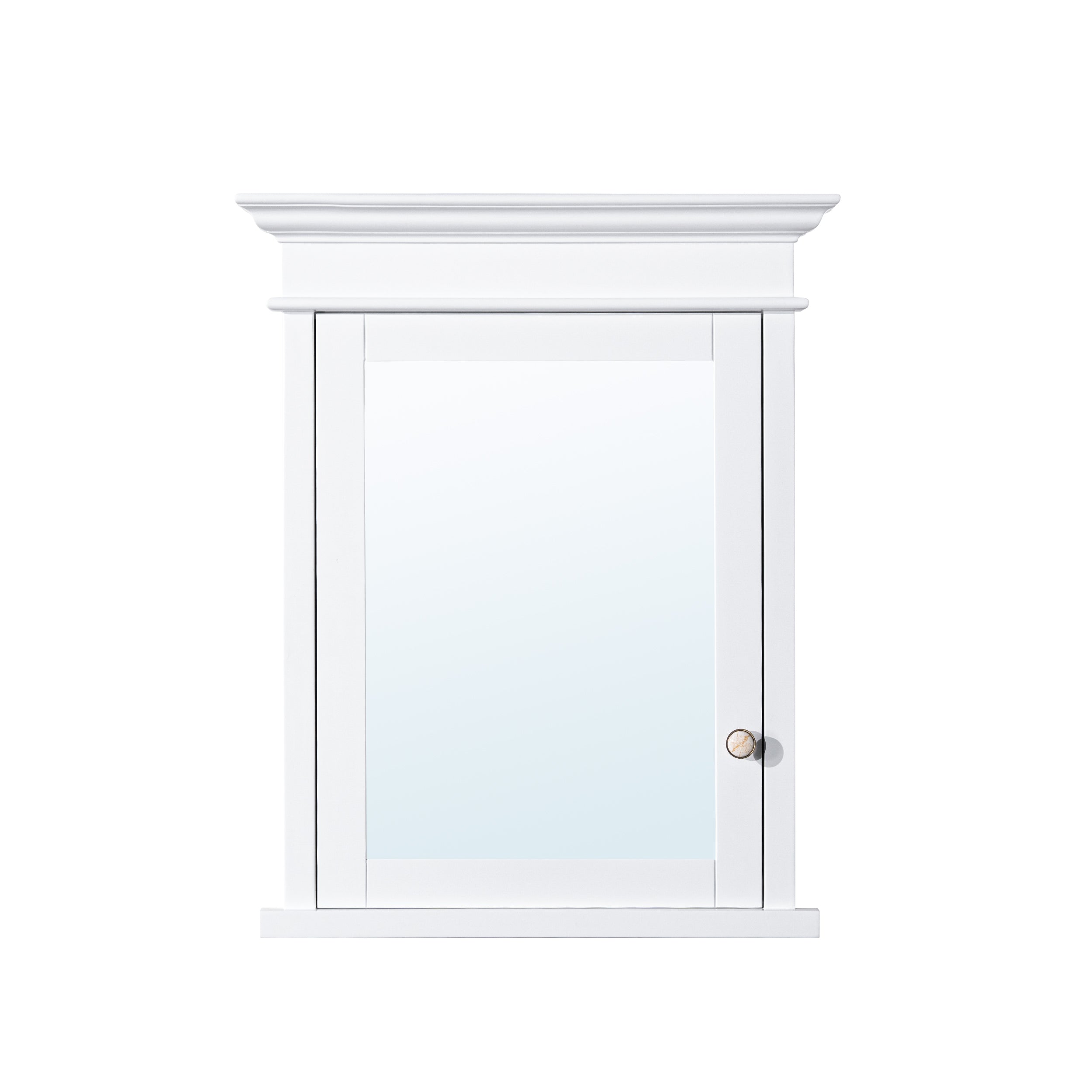

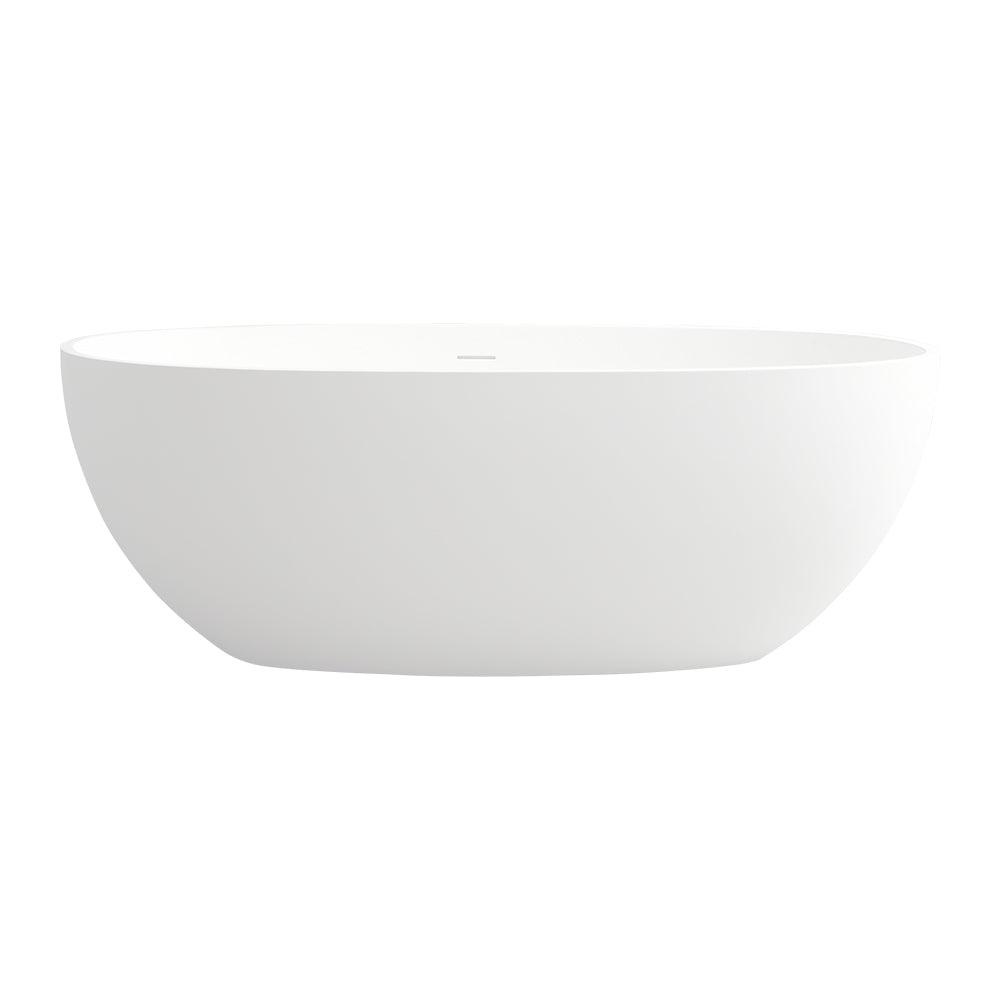


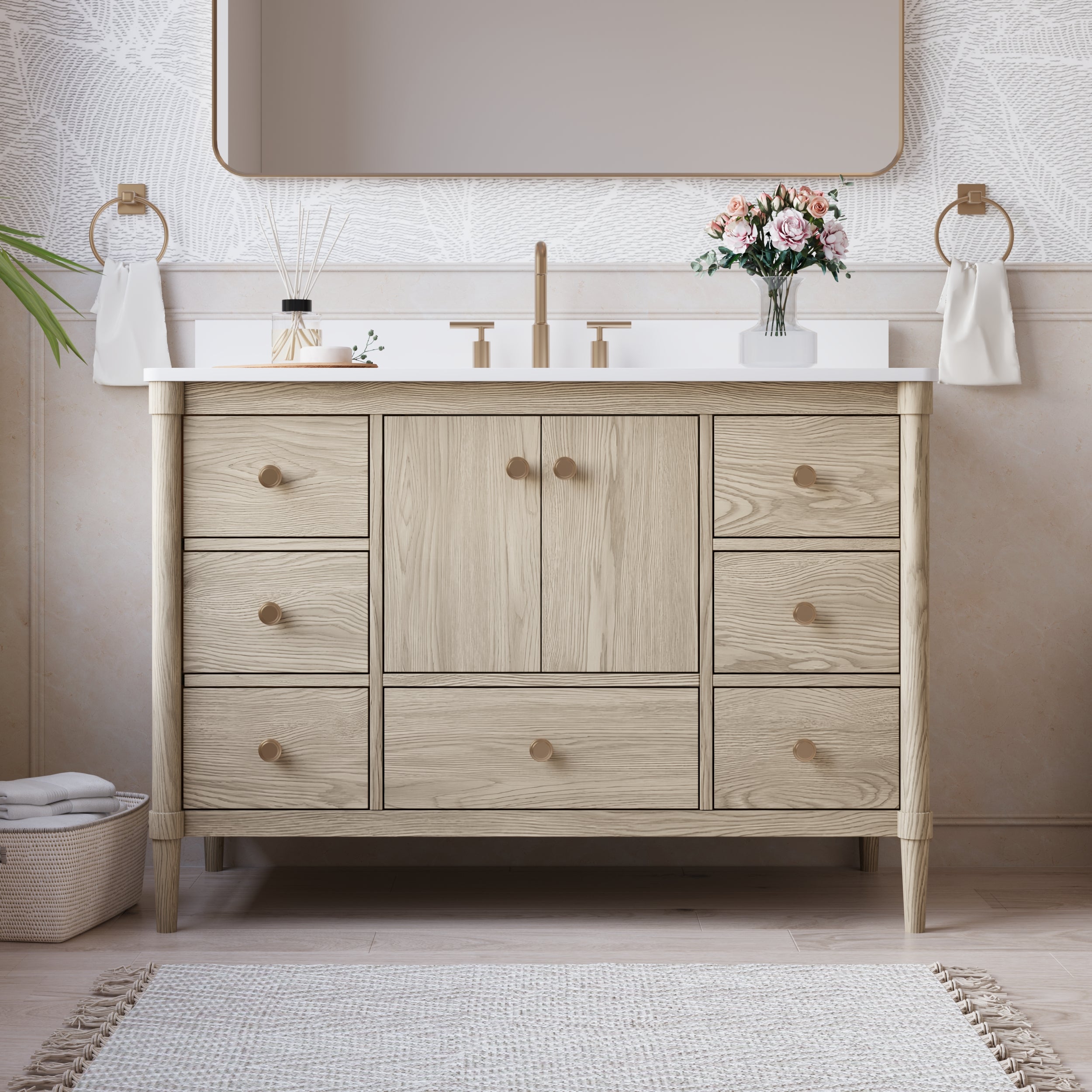
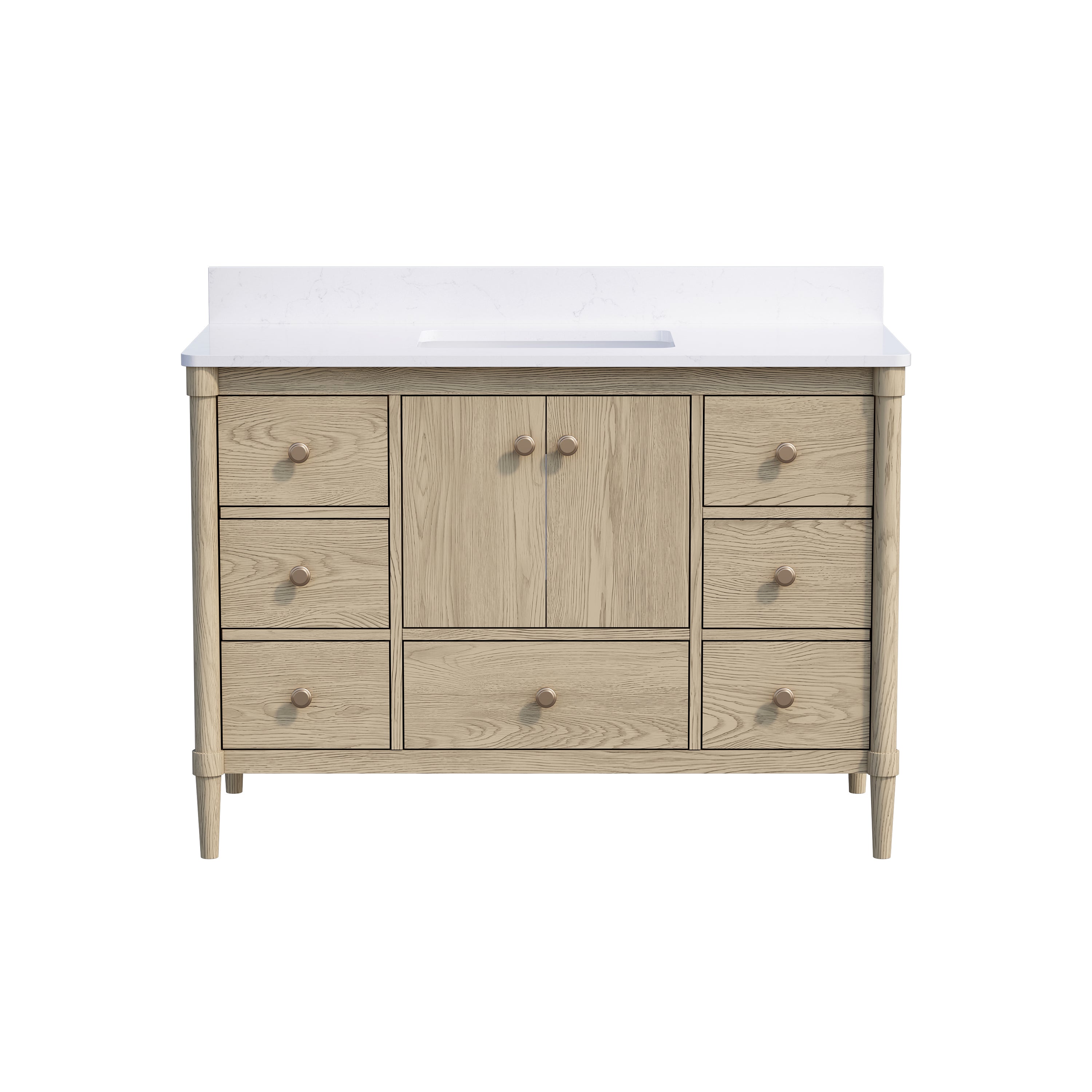
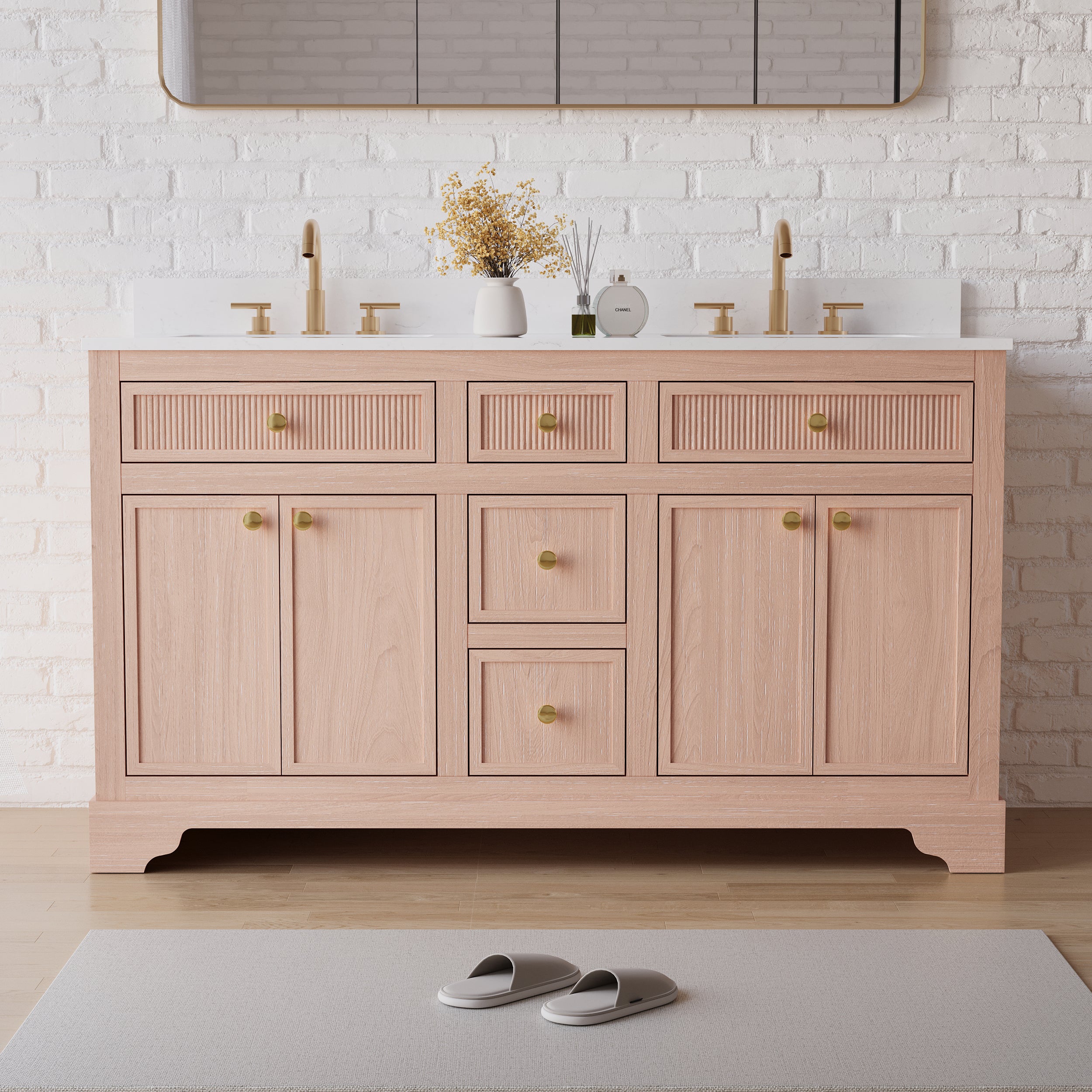

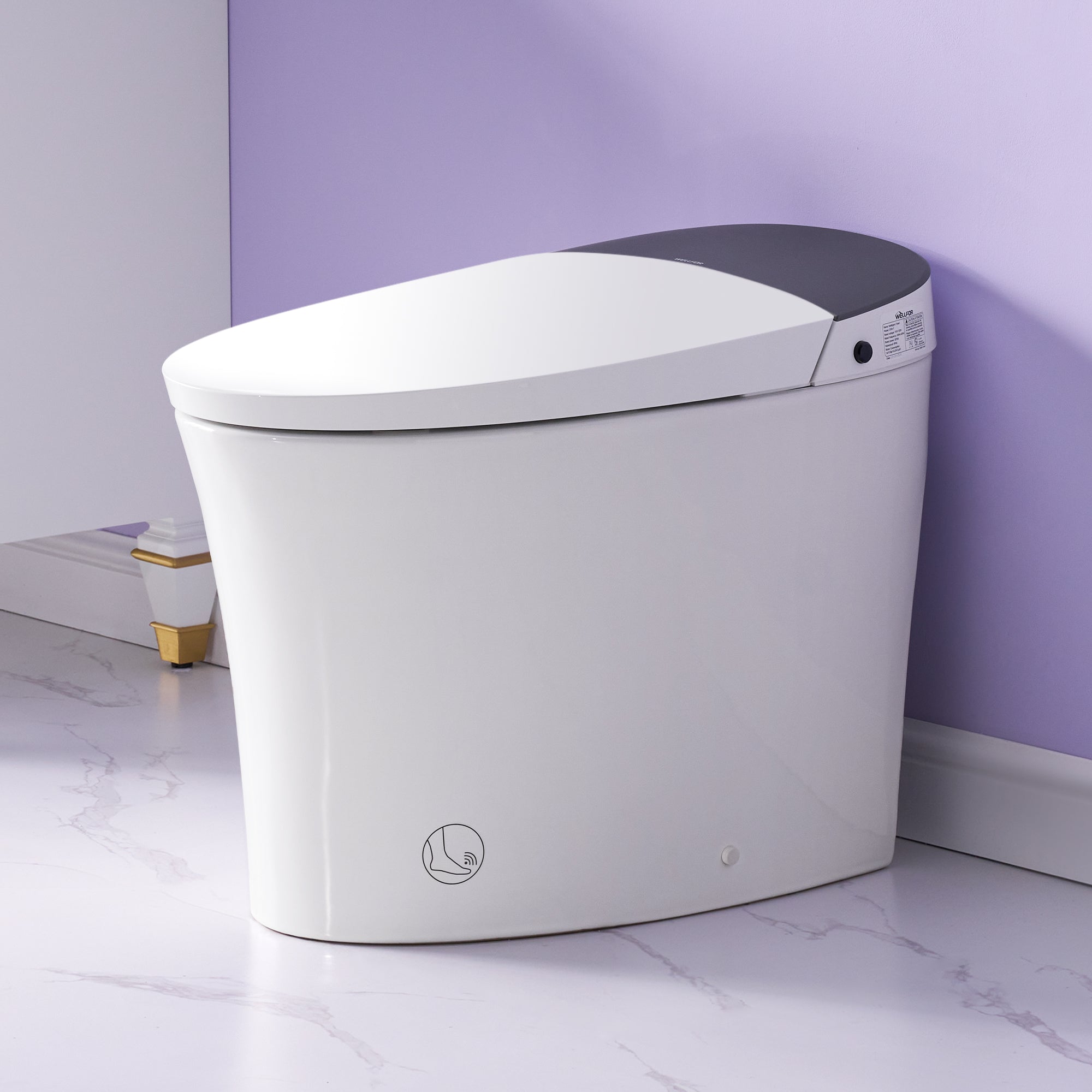
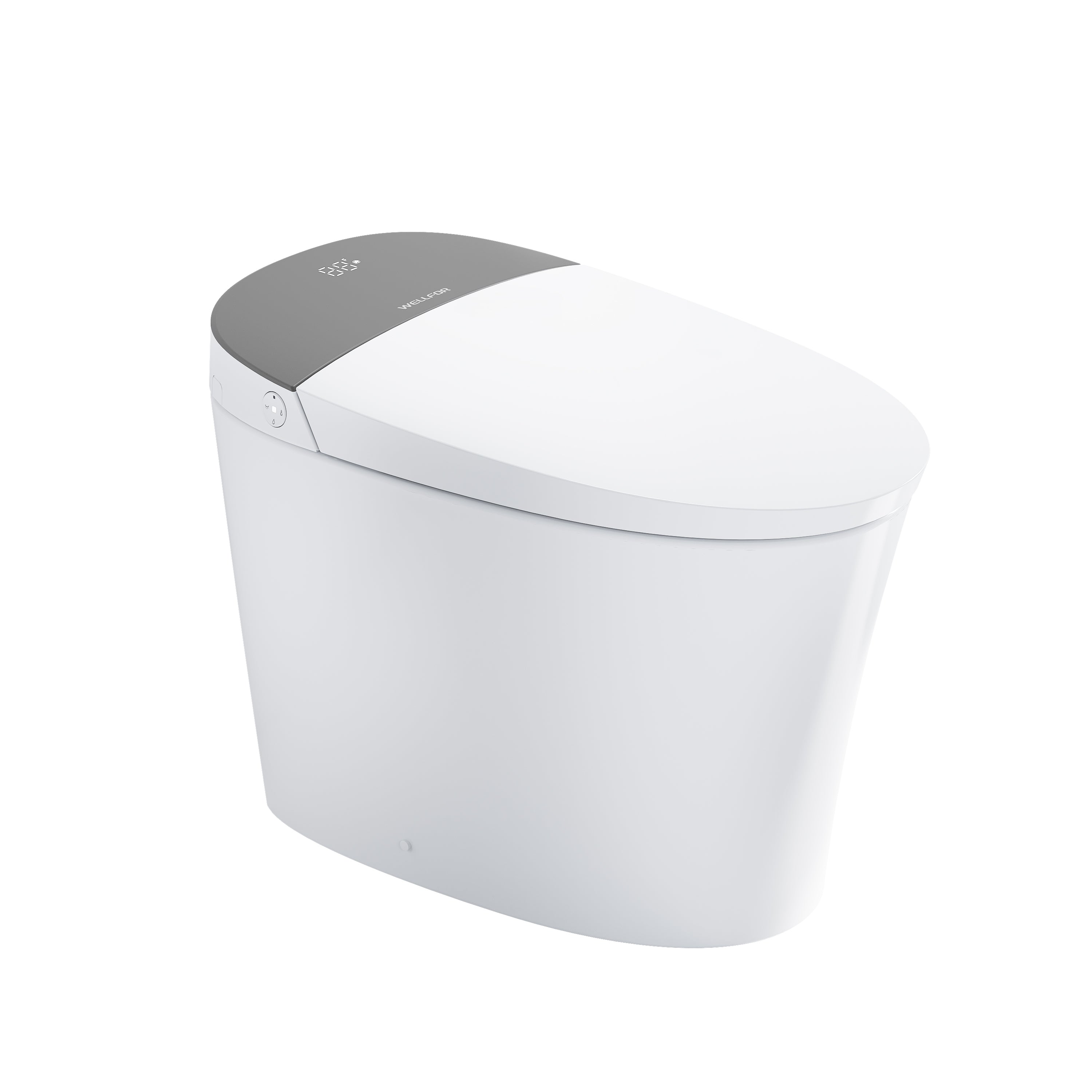
Leave a comment
This site is protected by hCaptcha and the hCaptcha Privacy Policy and Terms of Service apply.